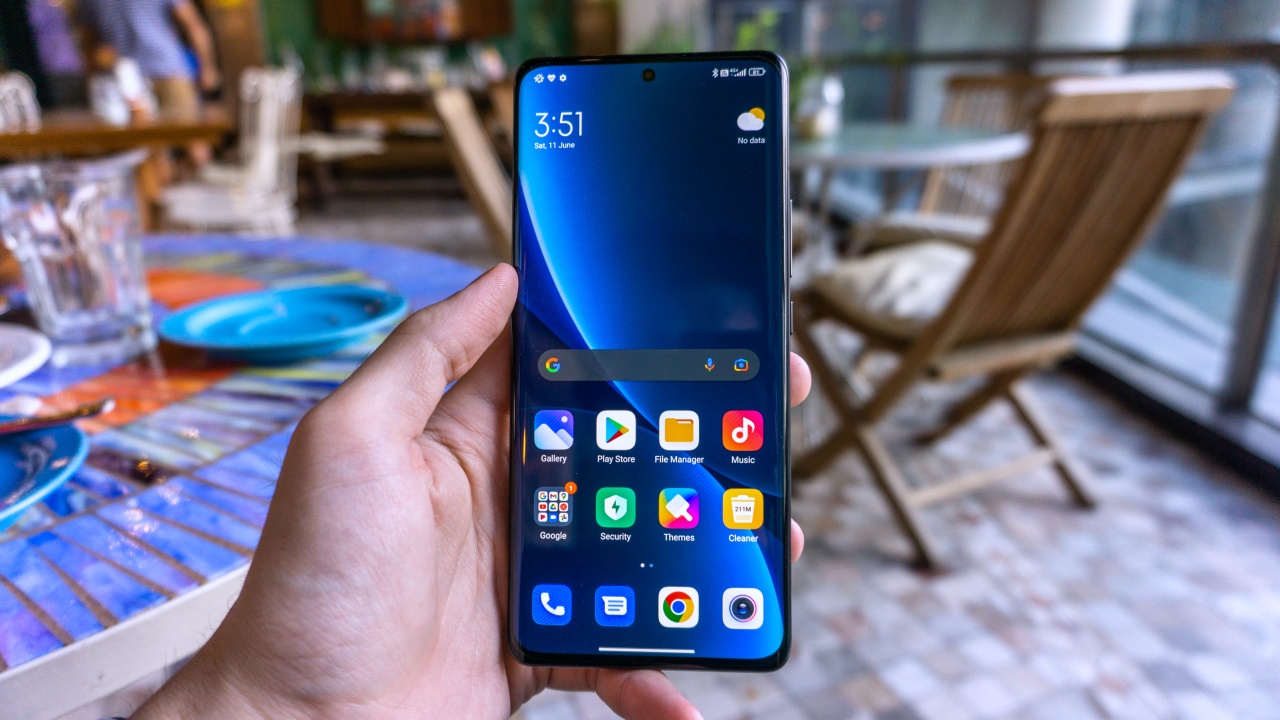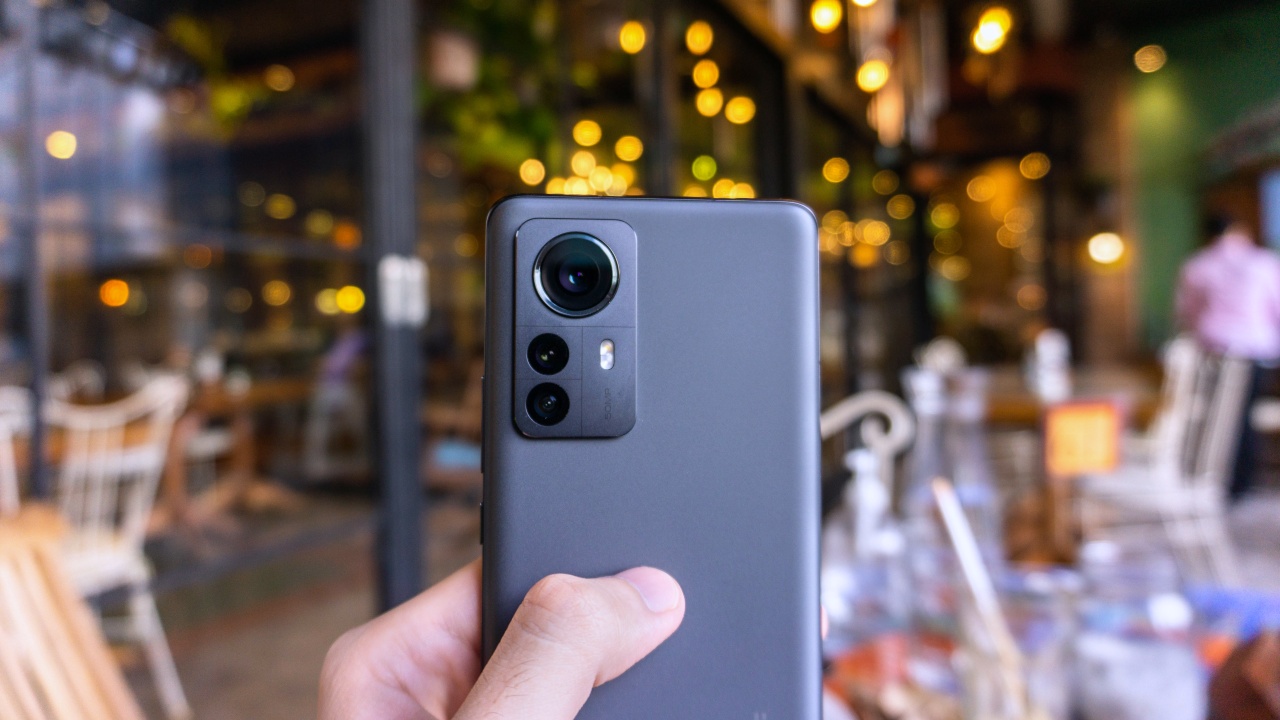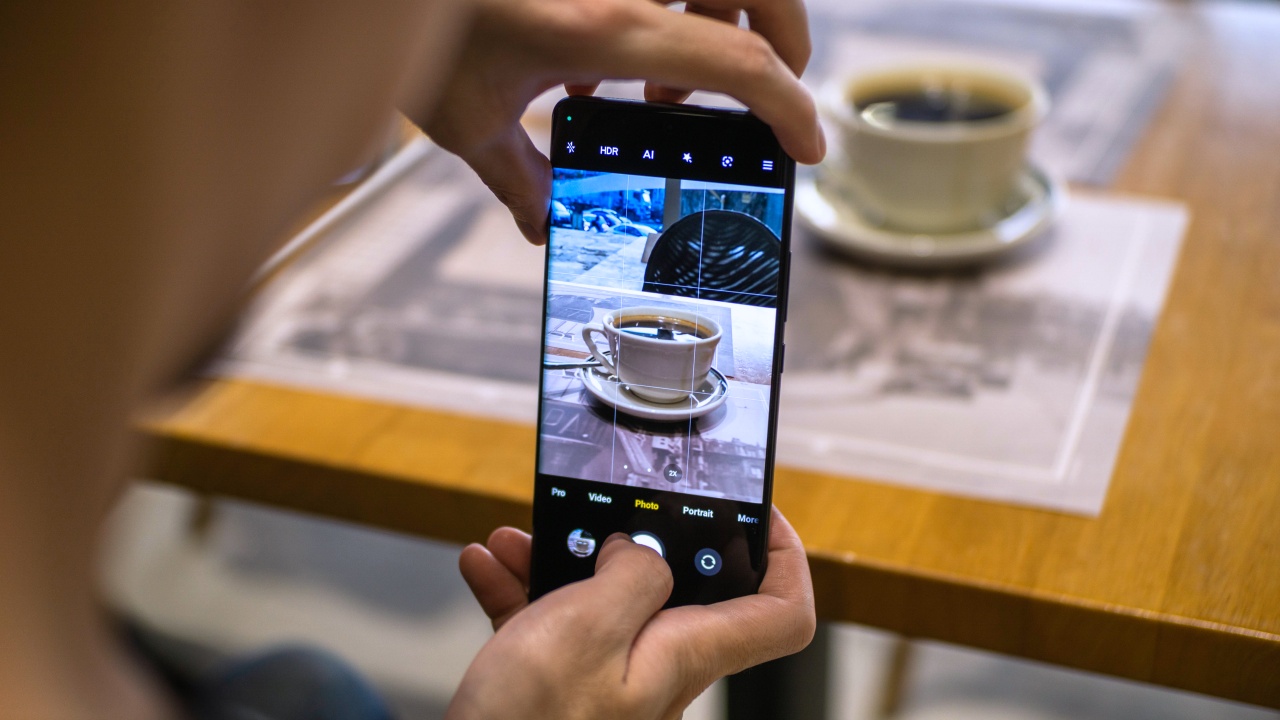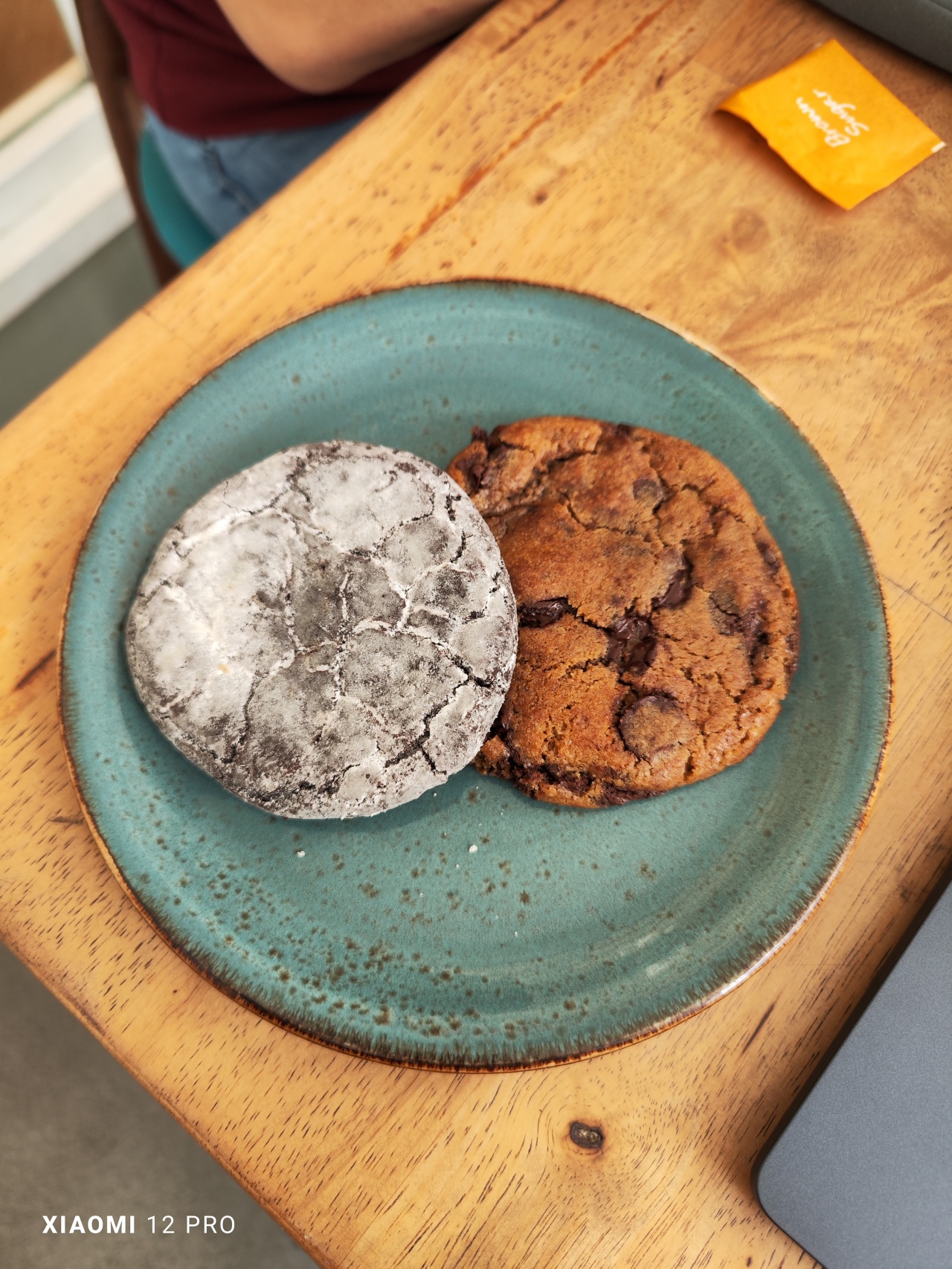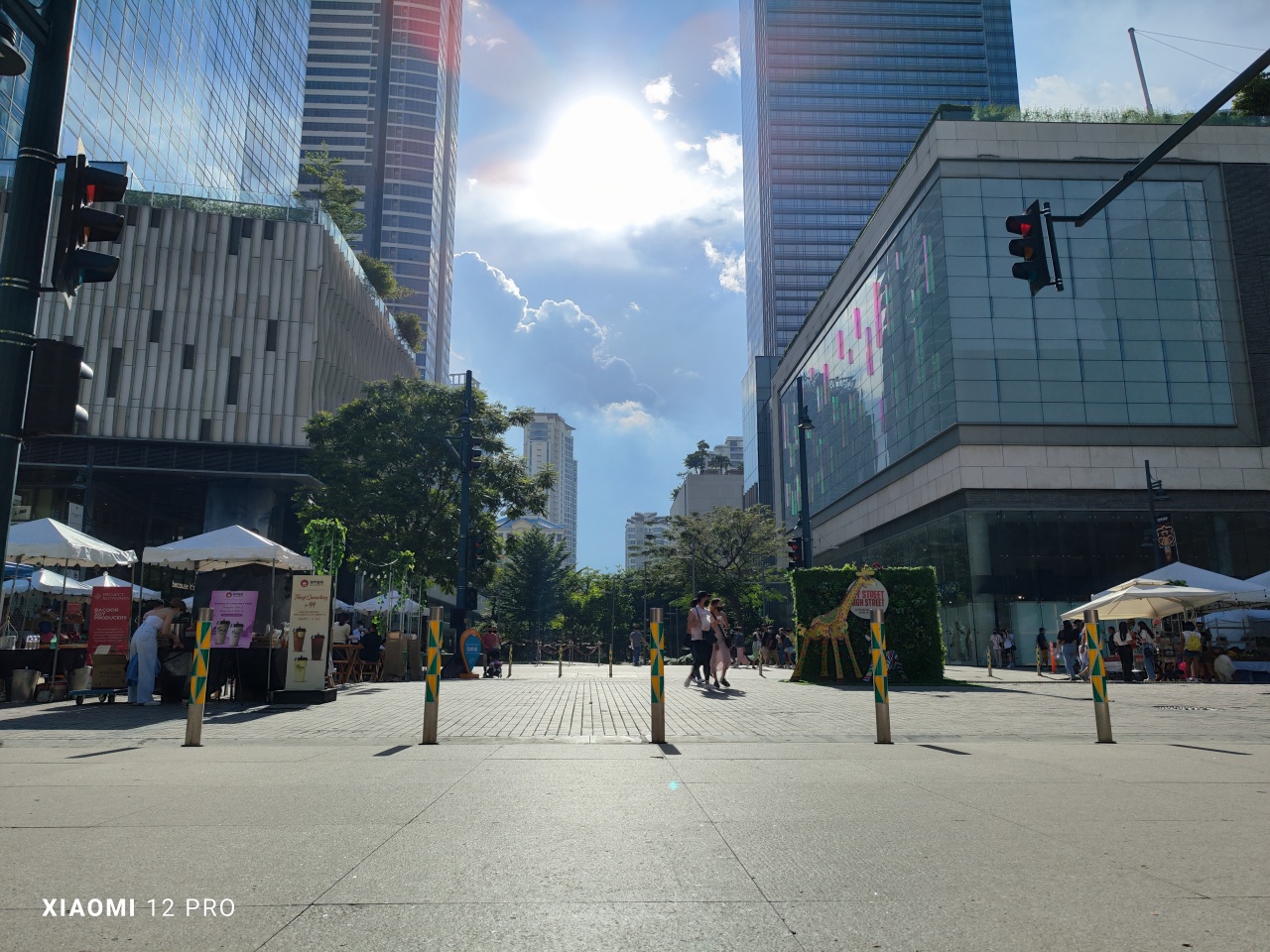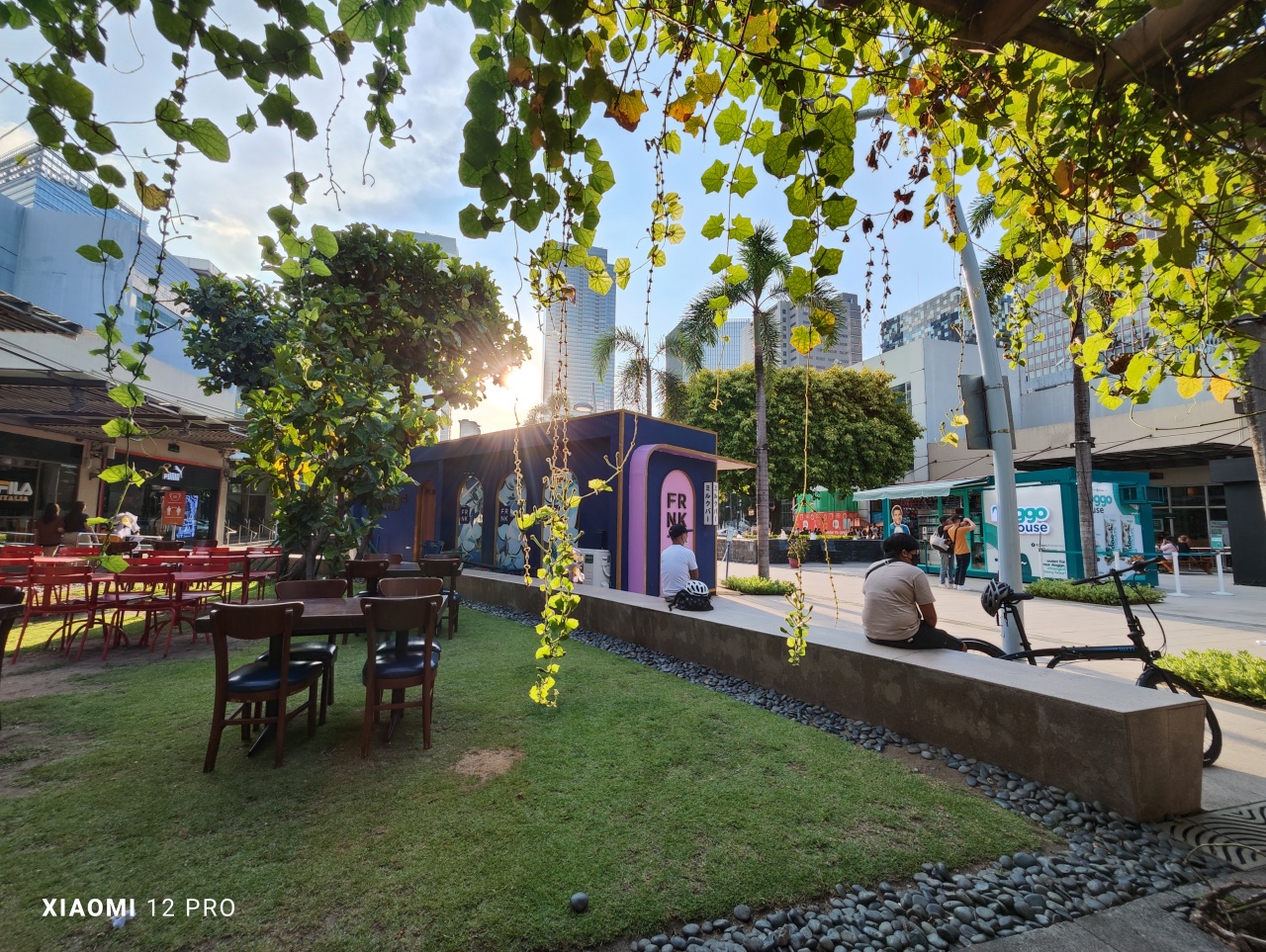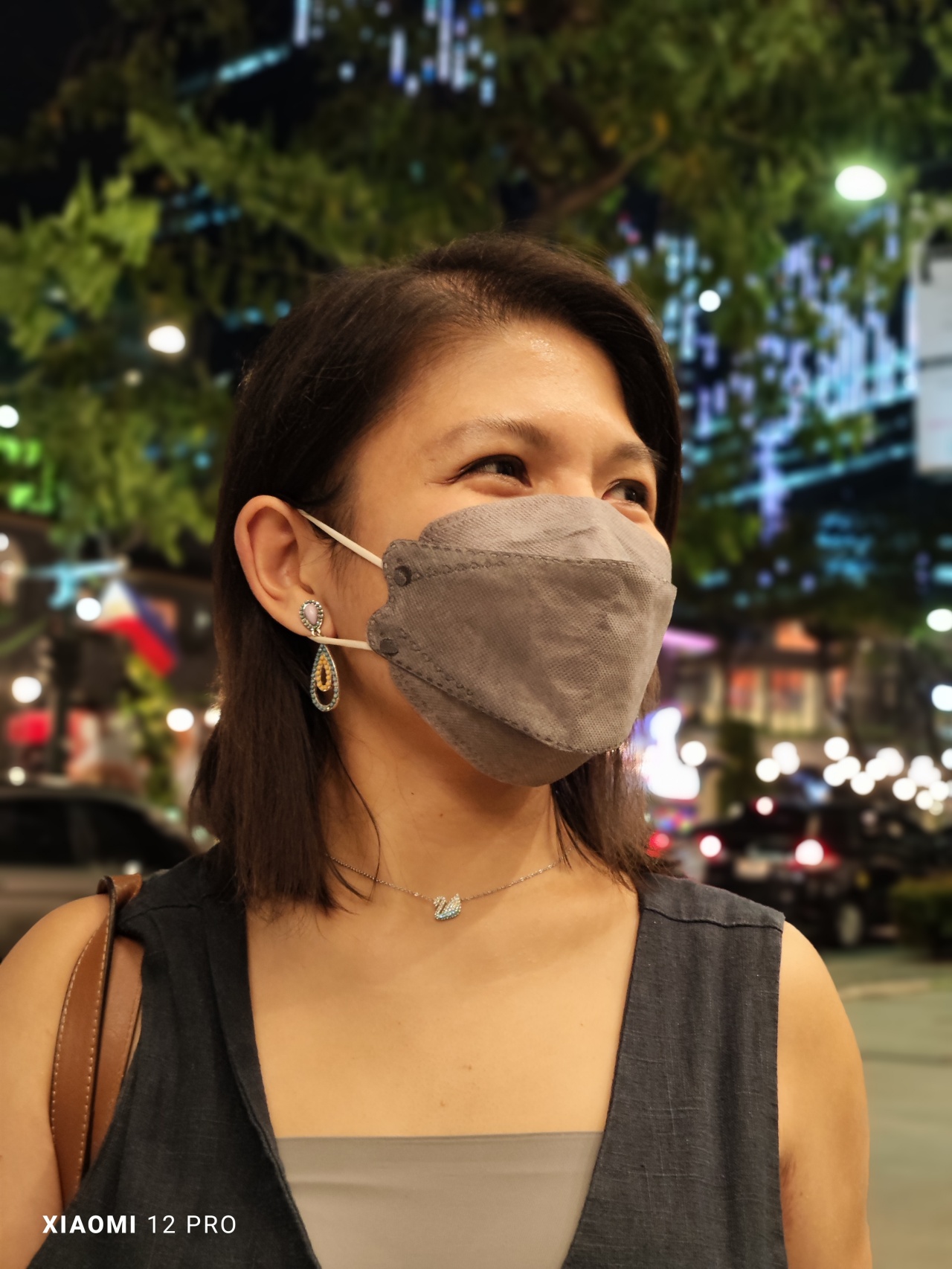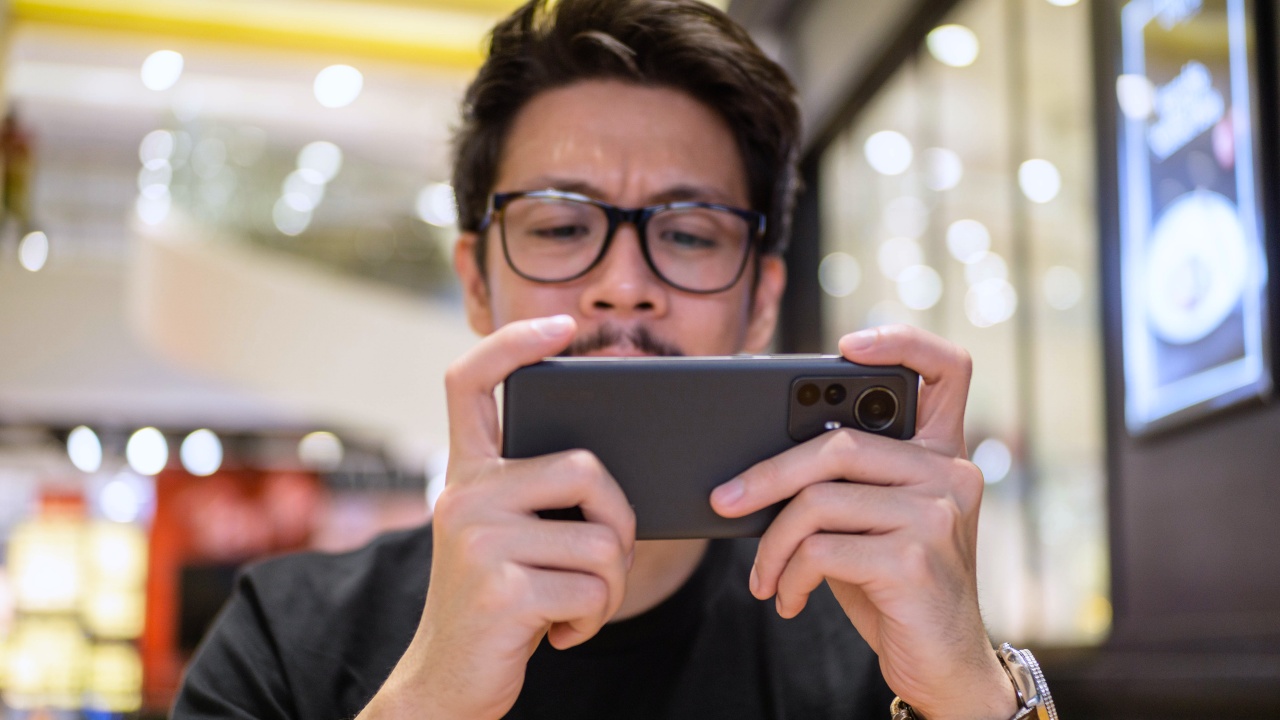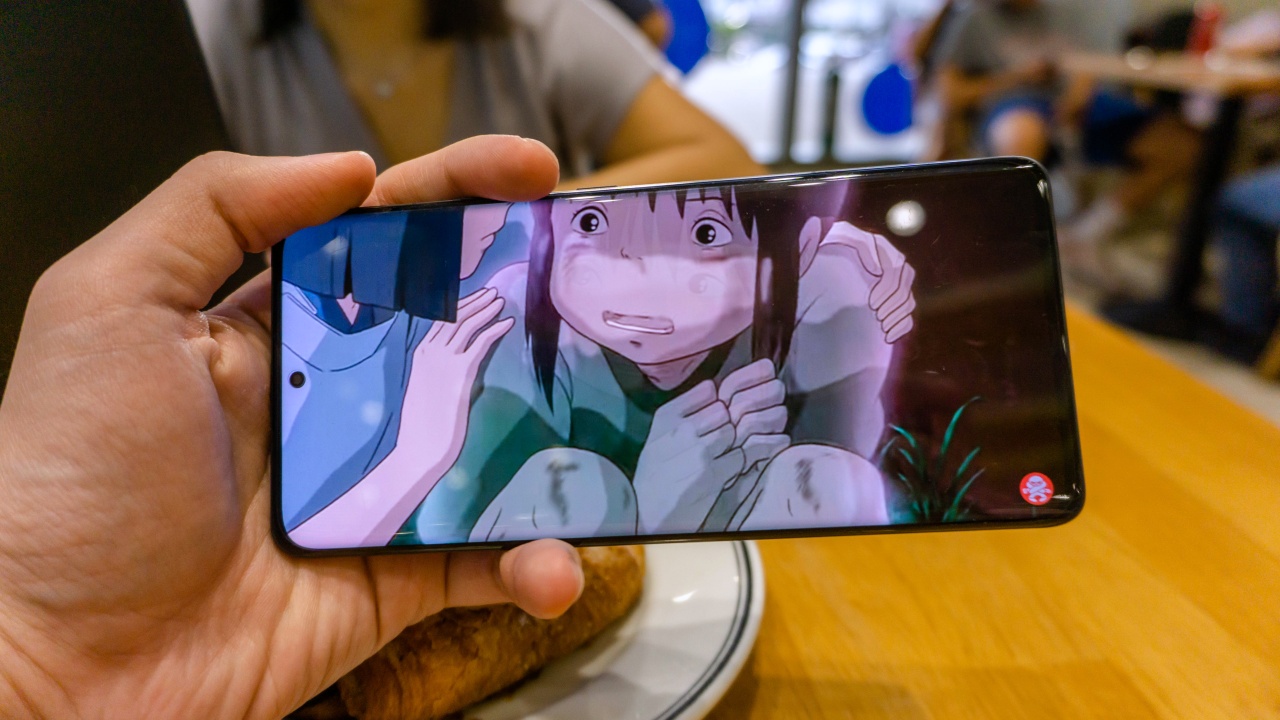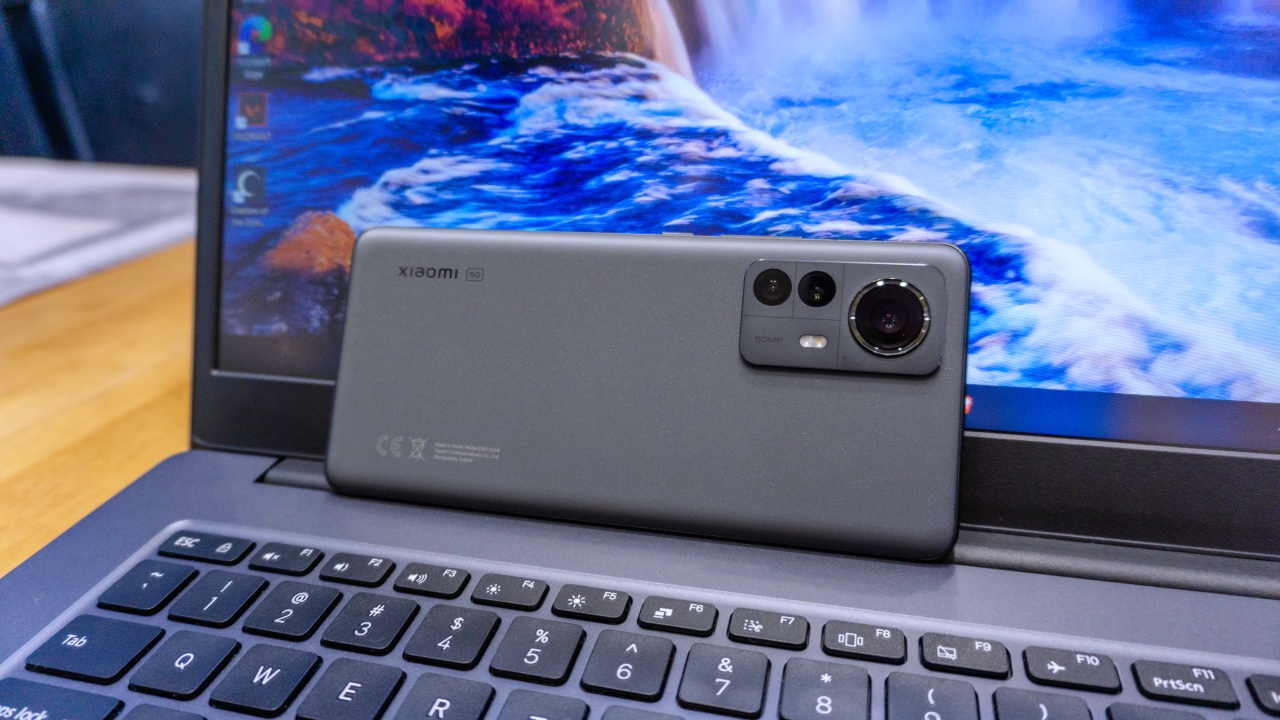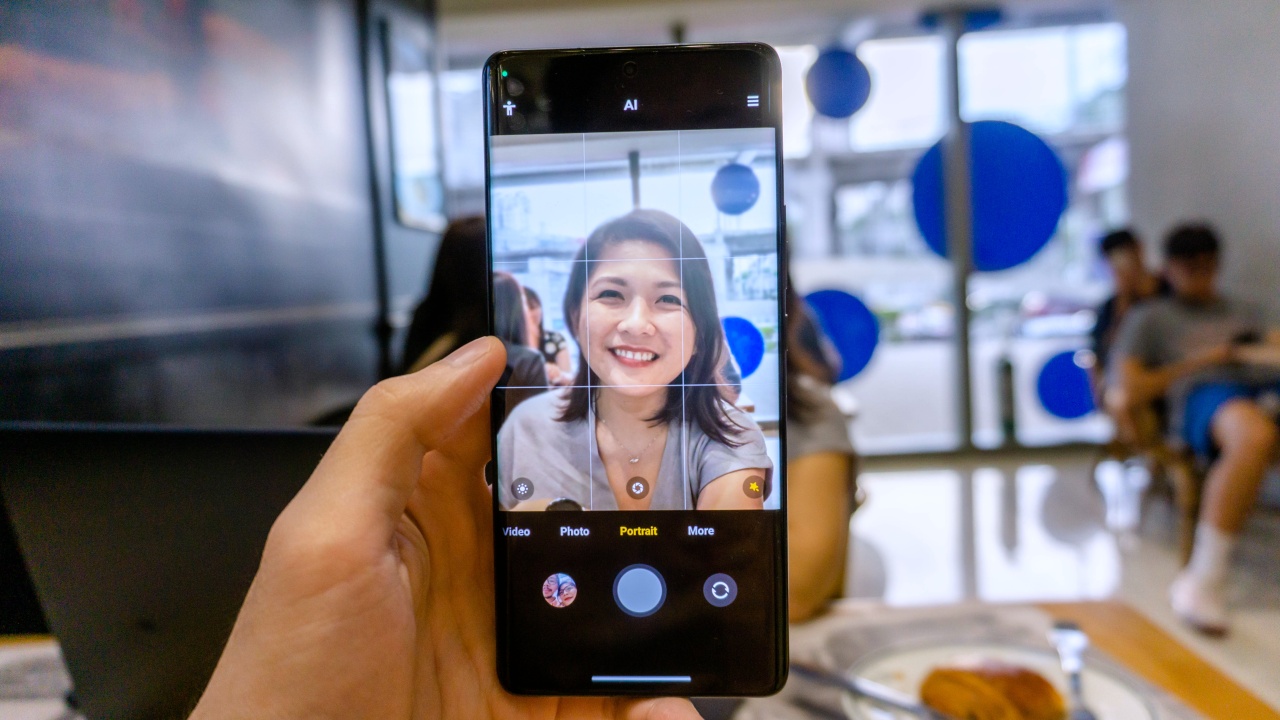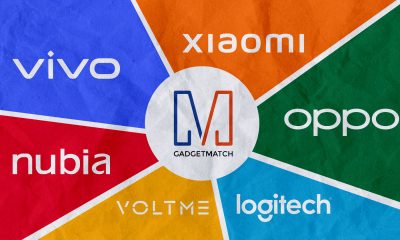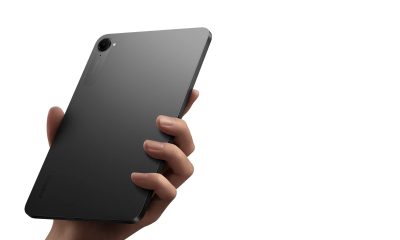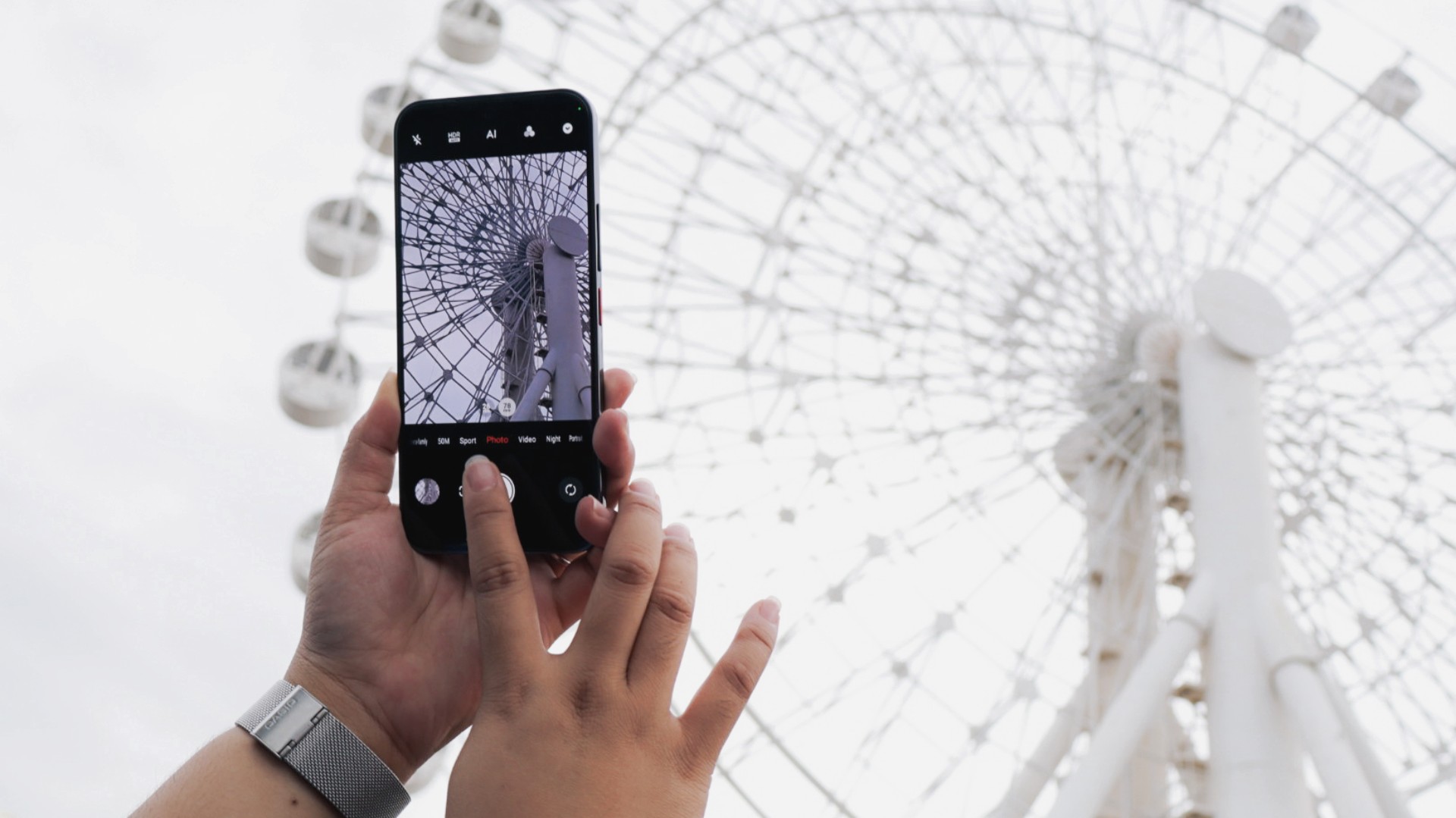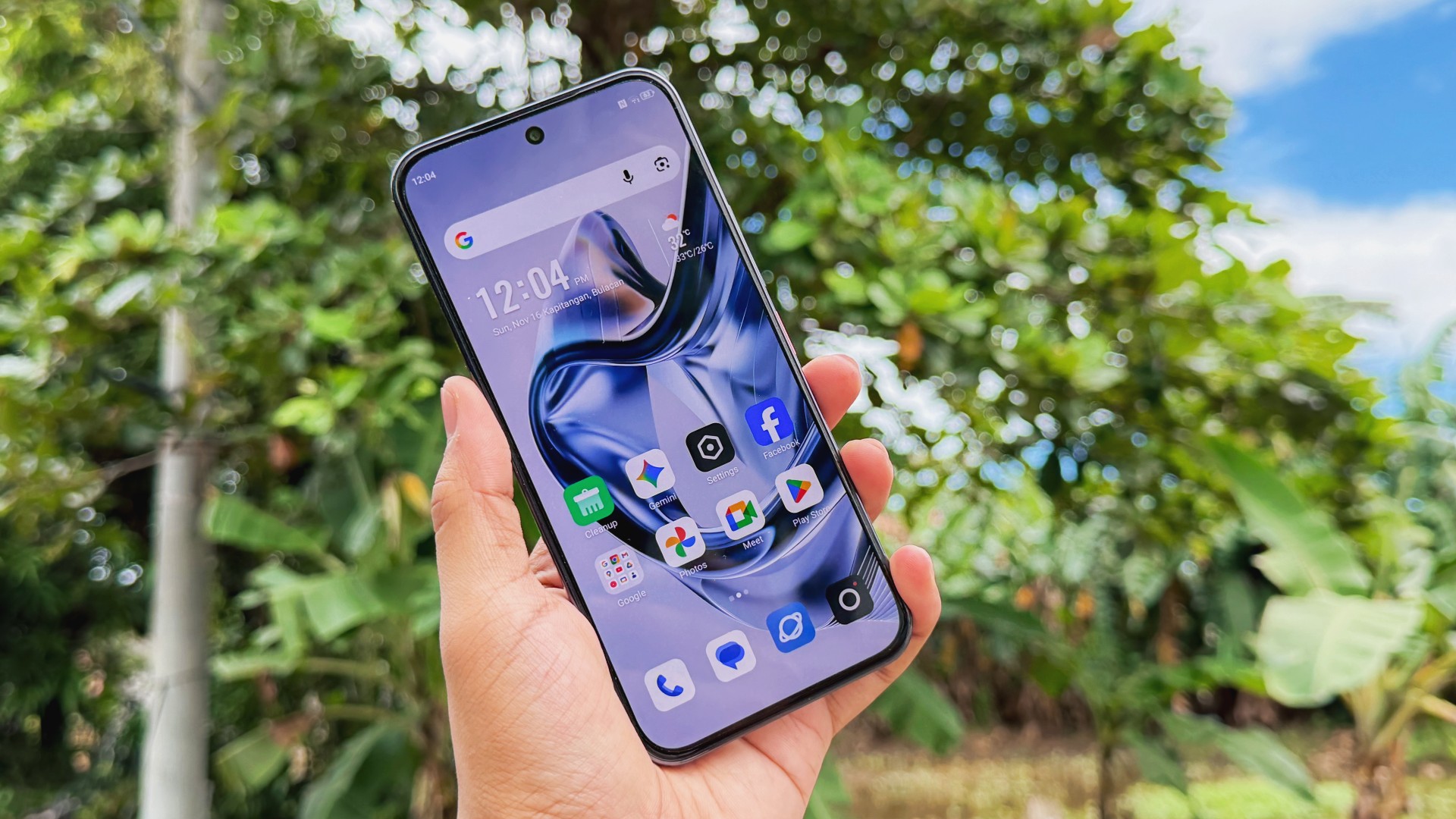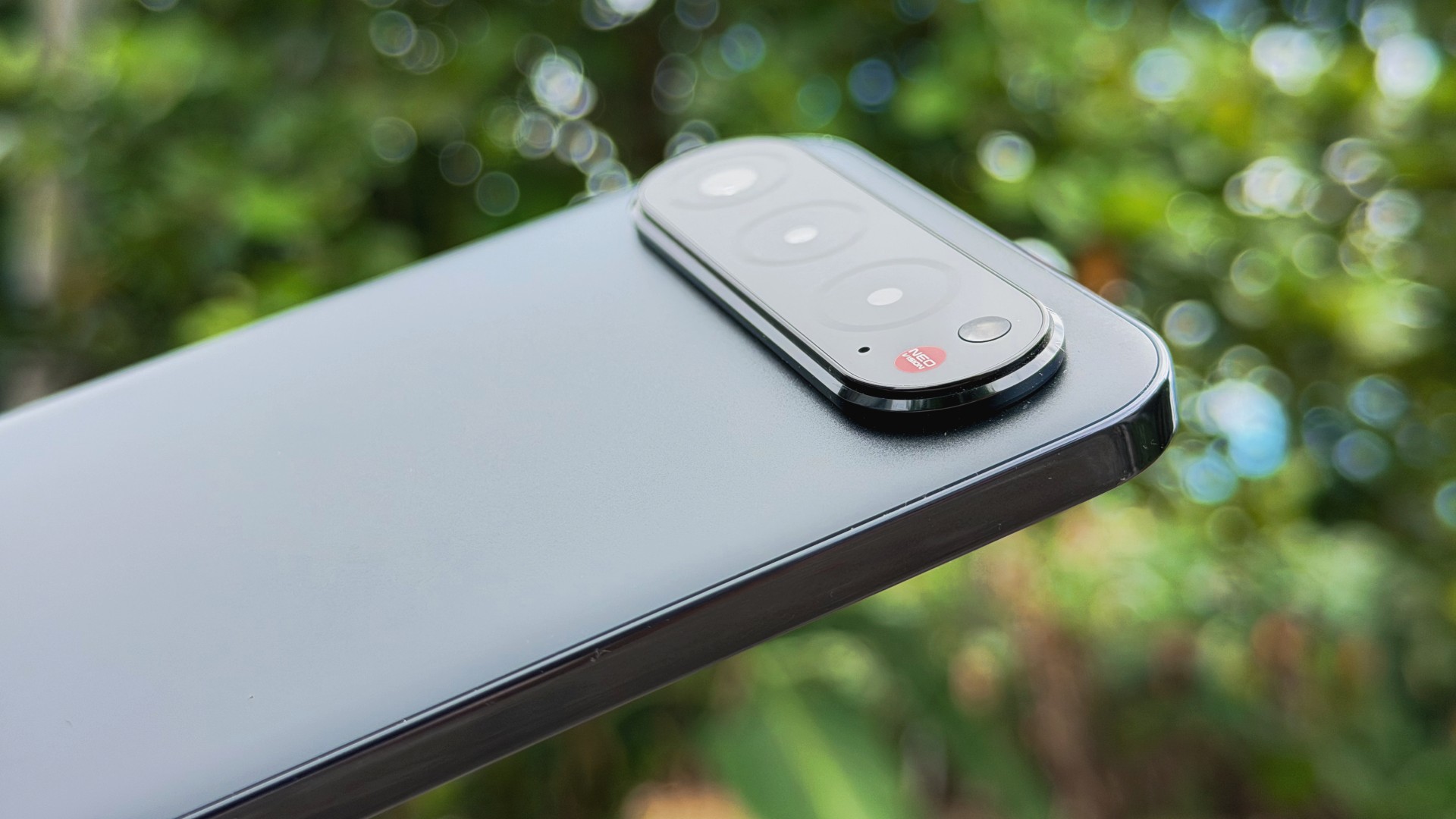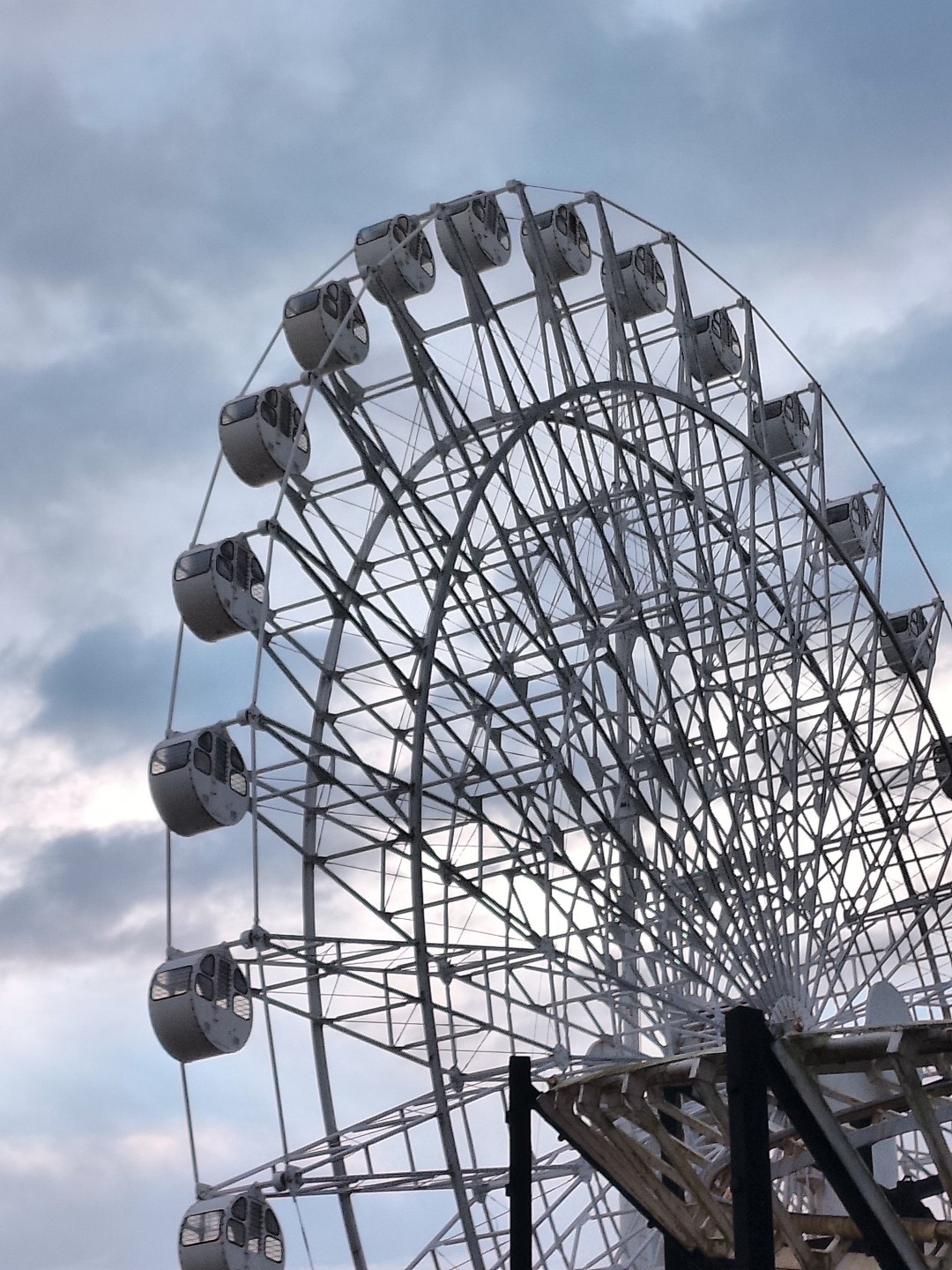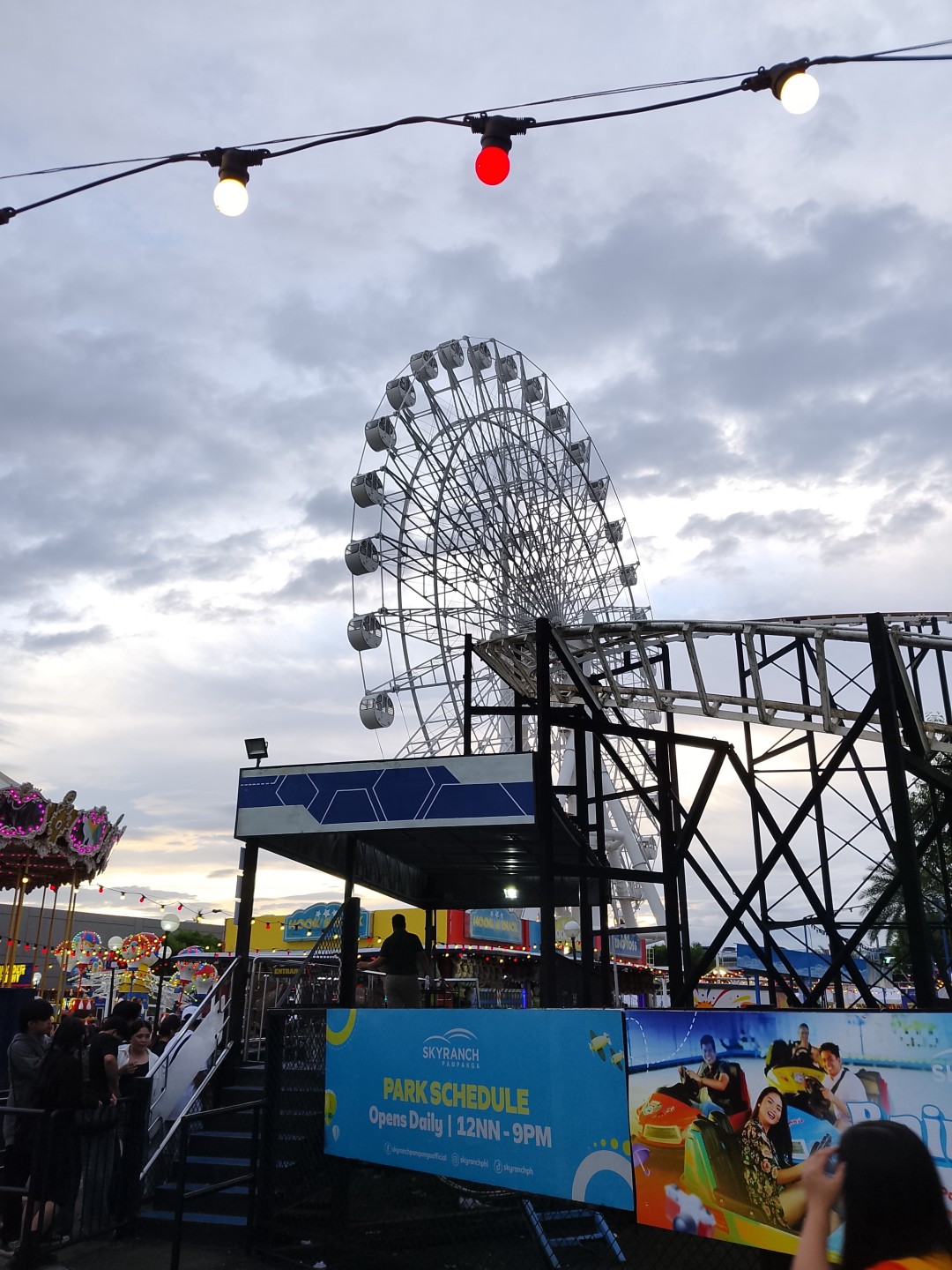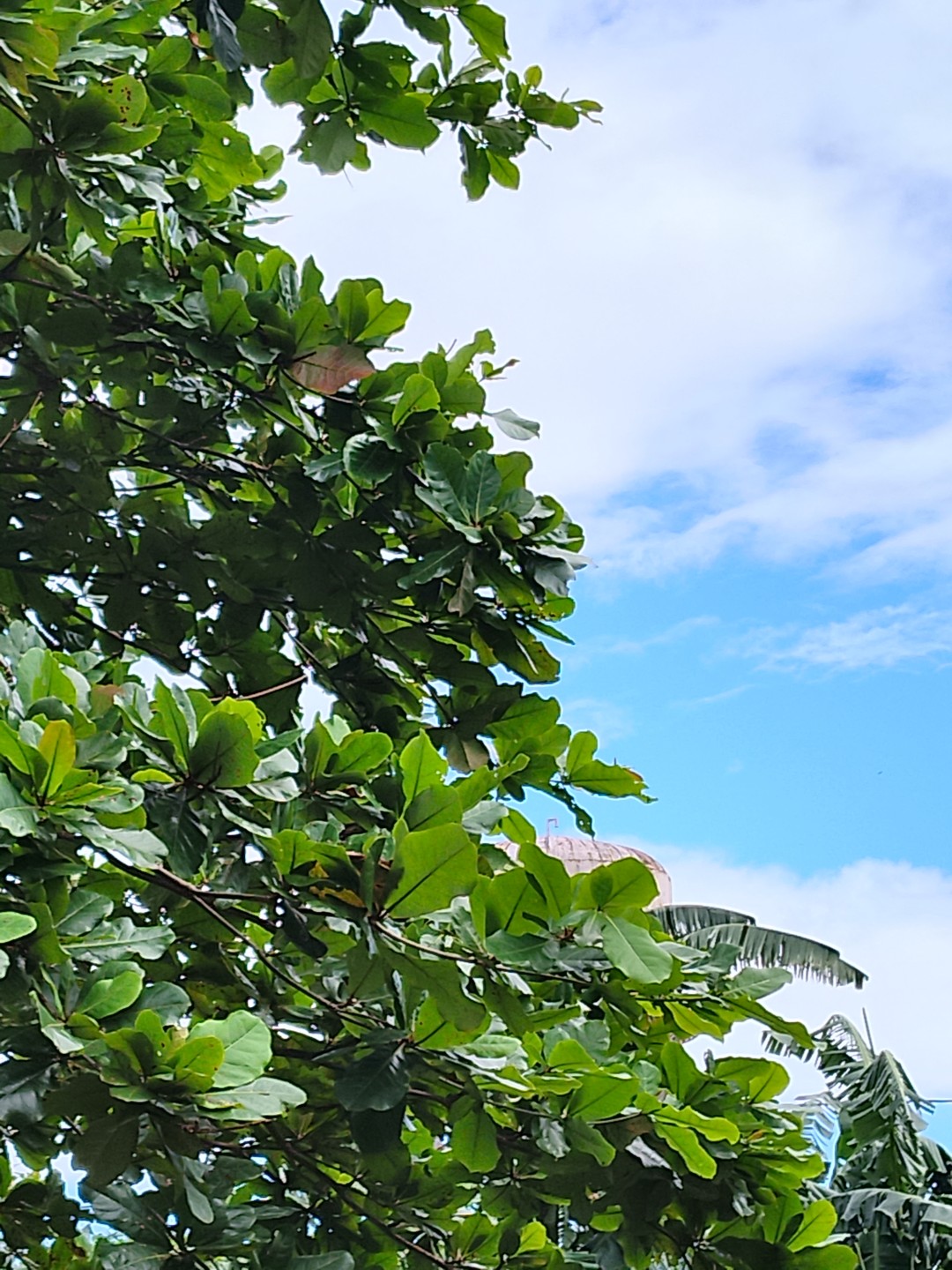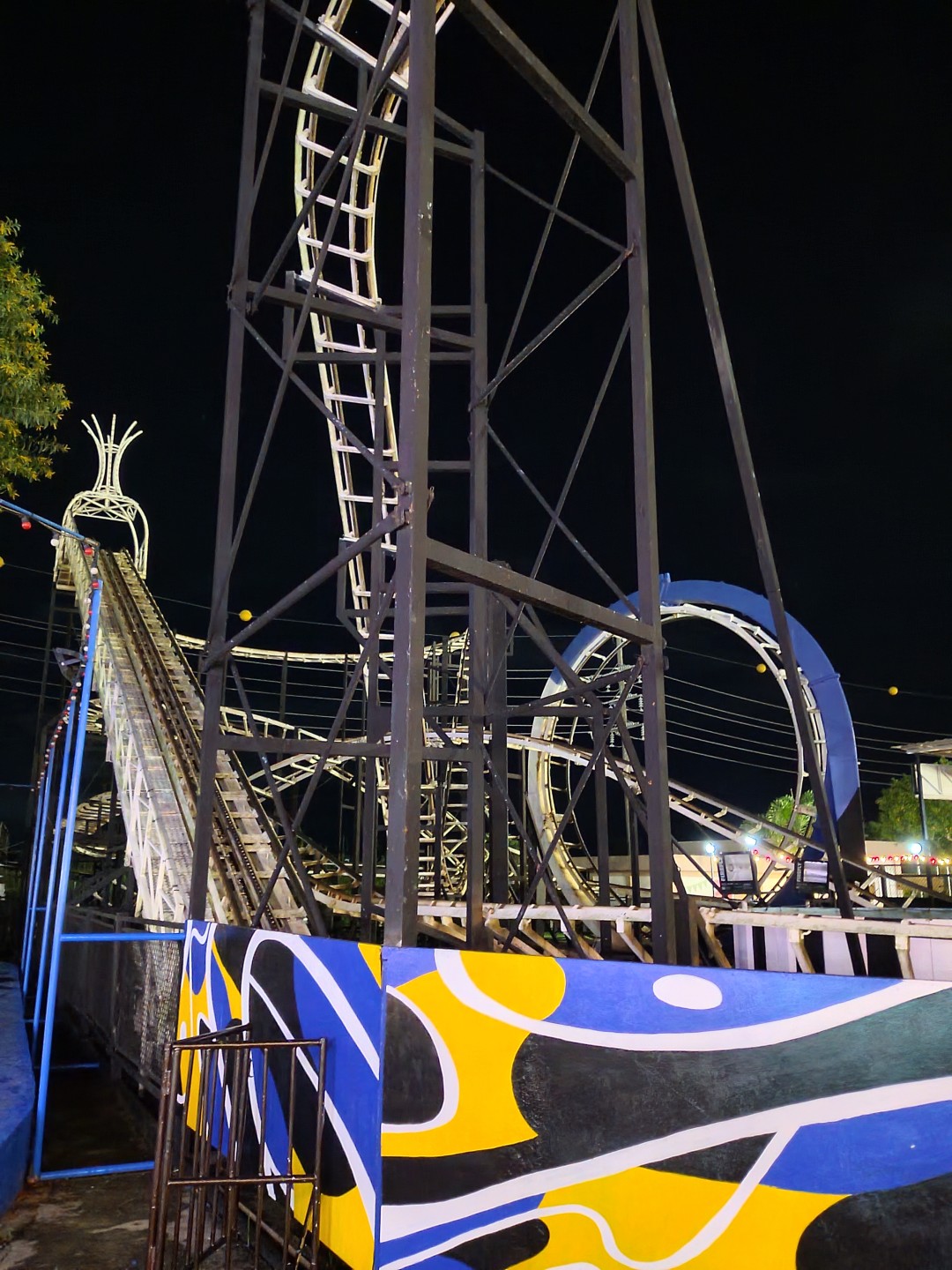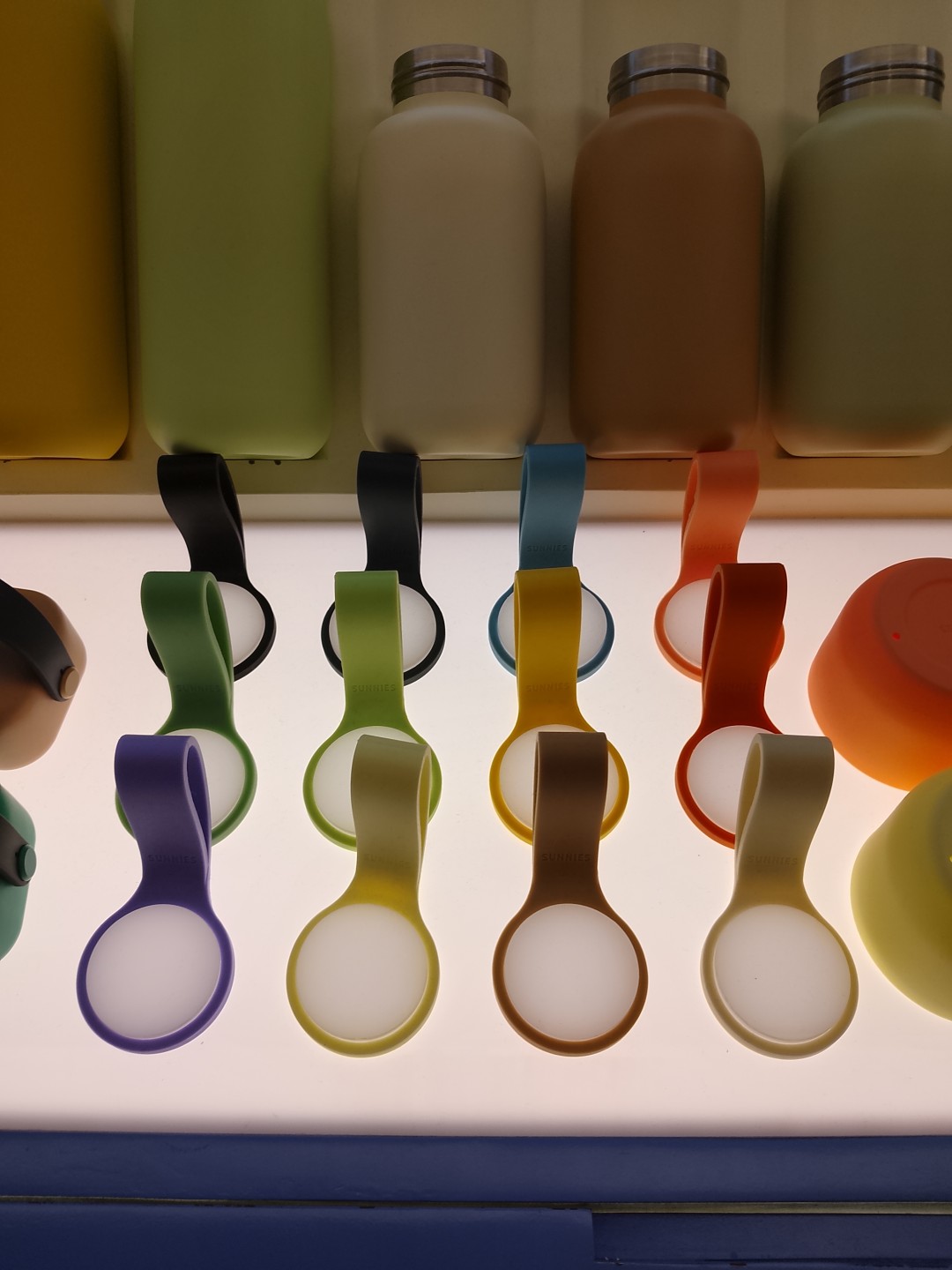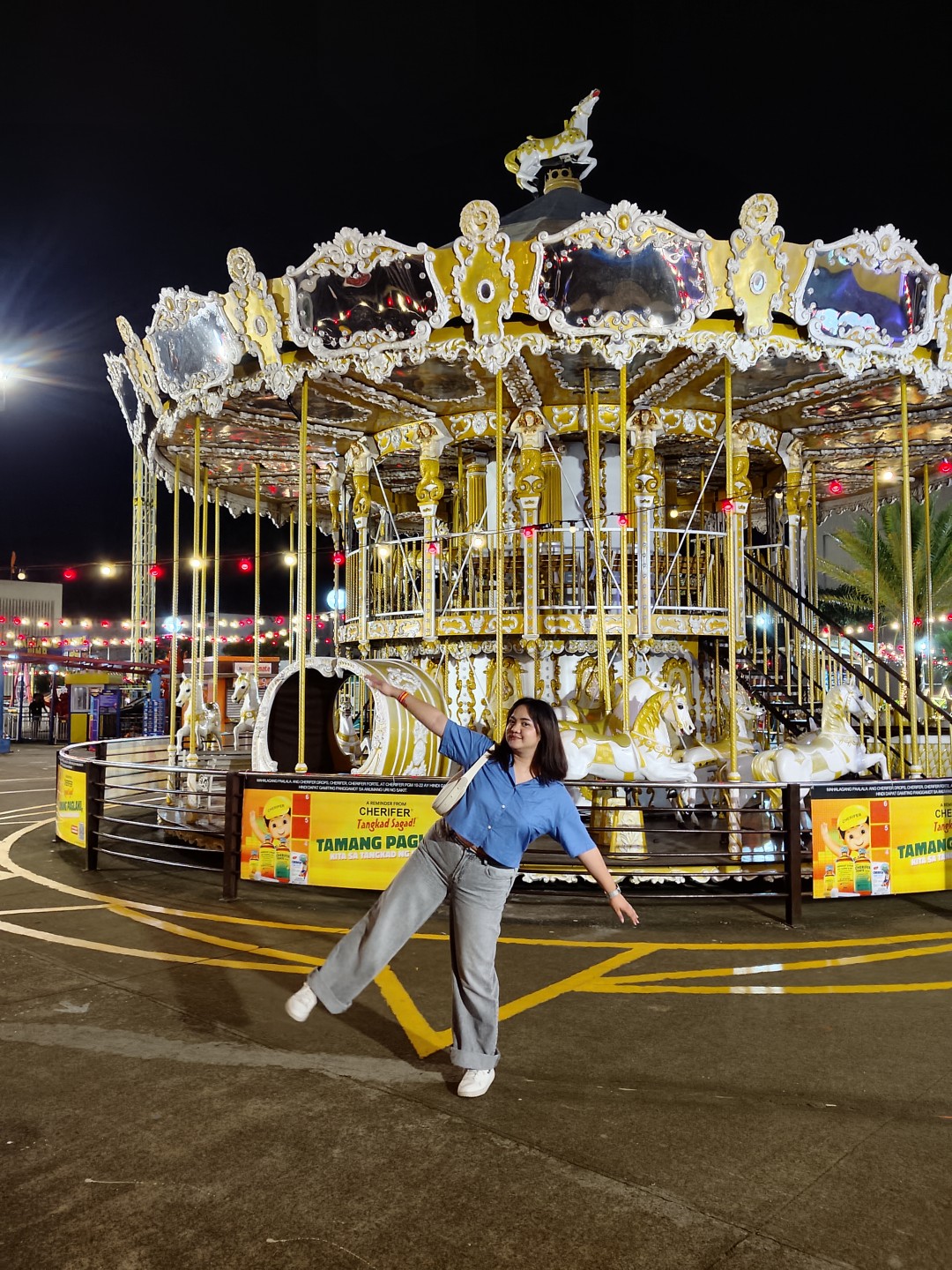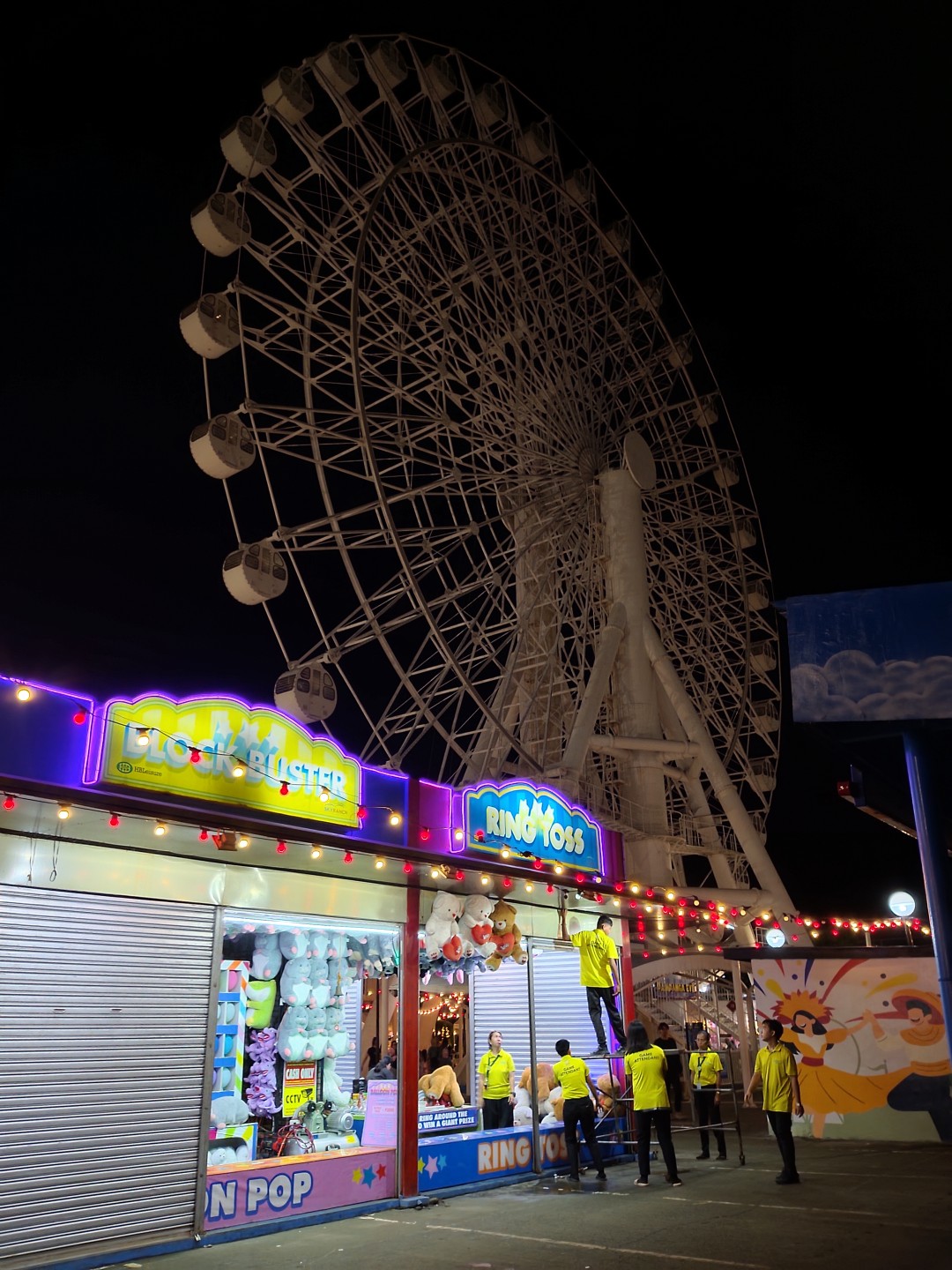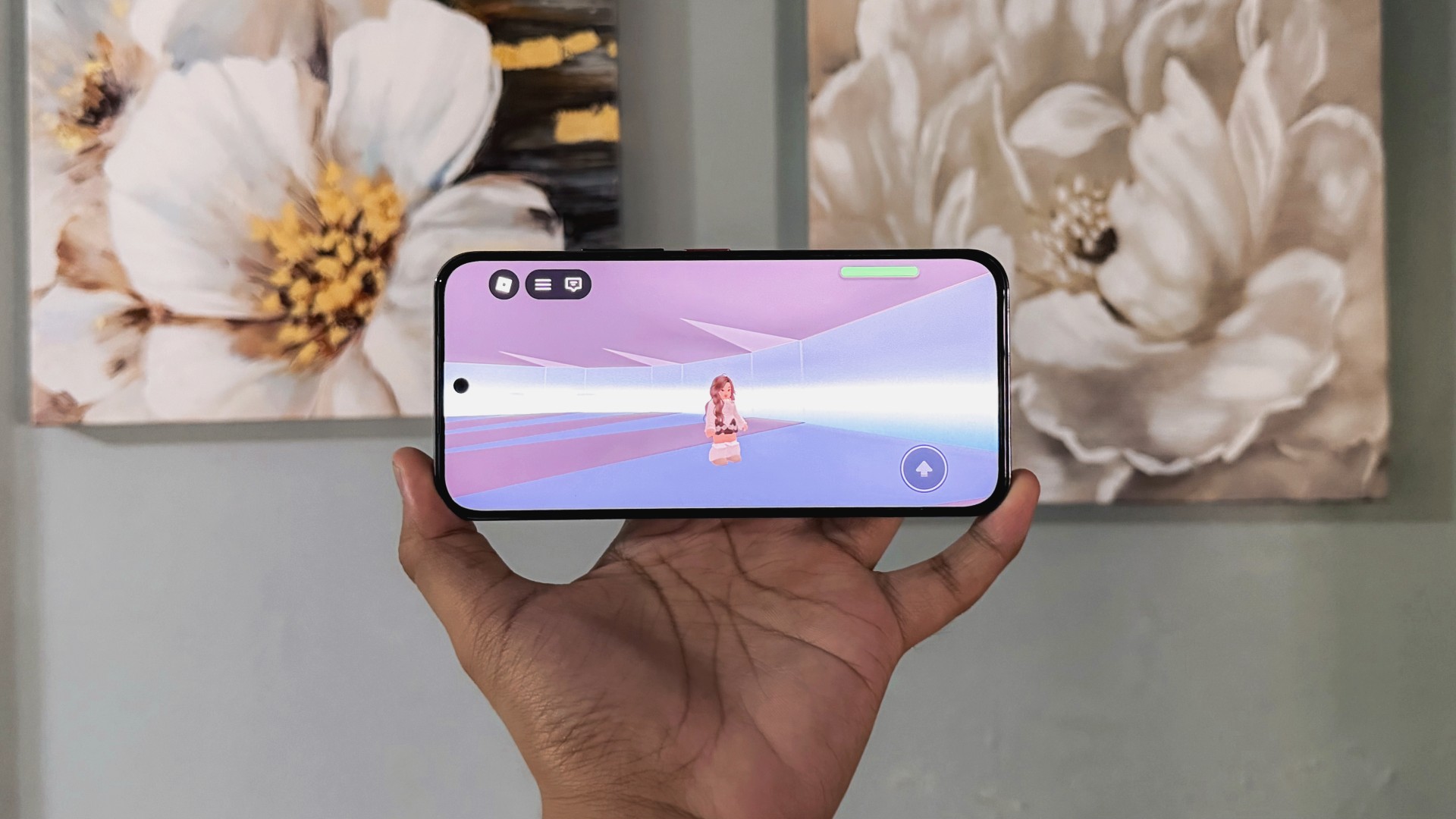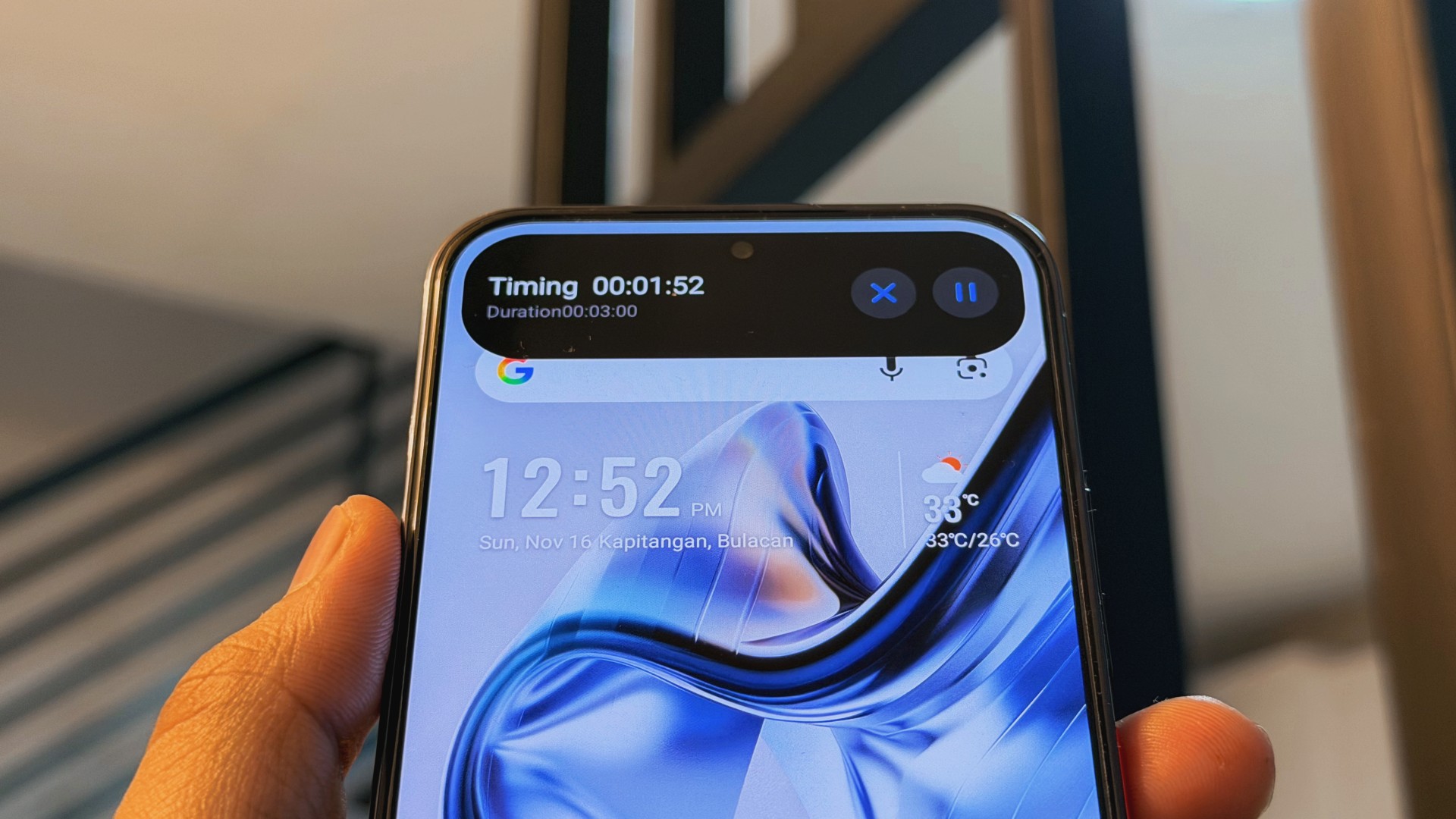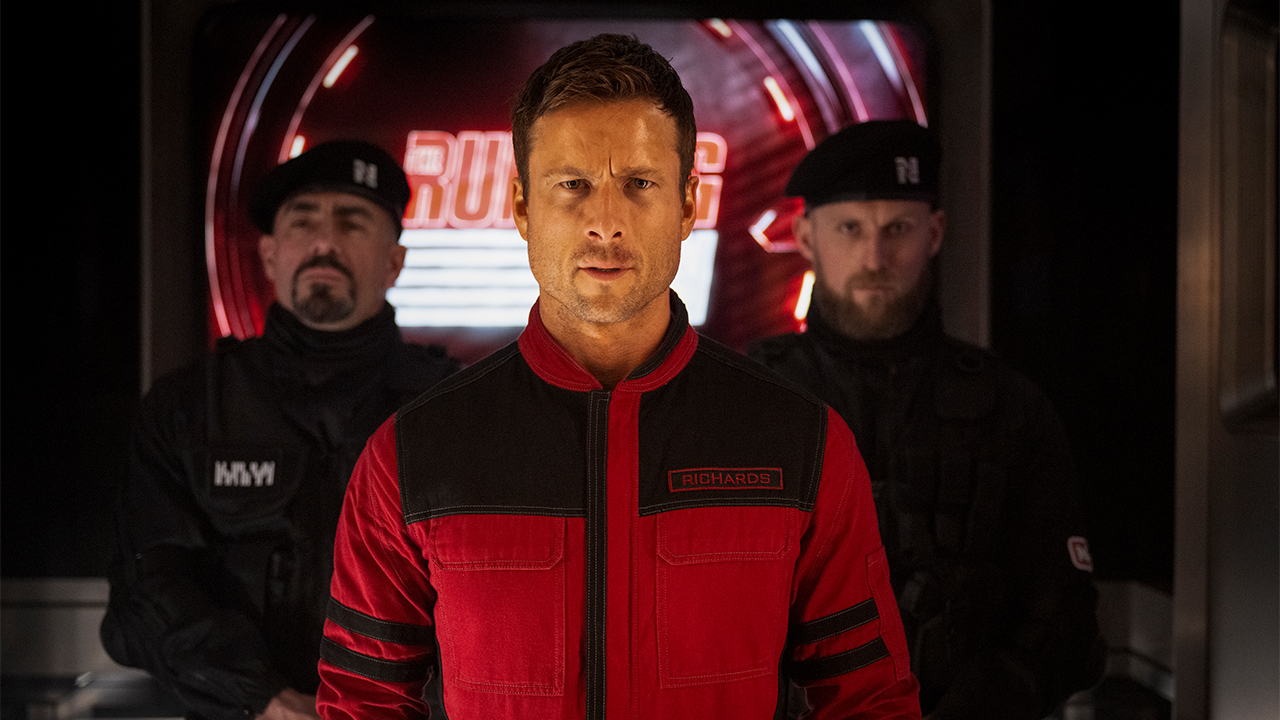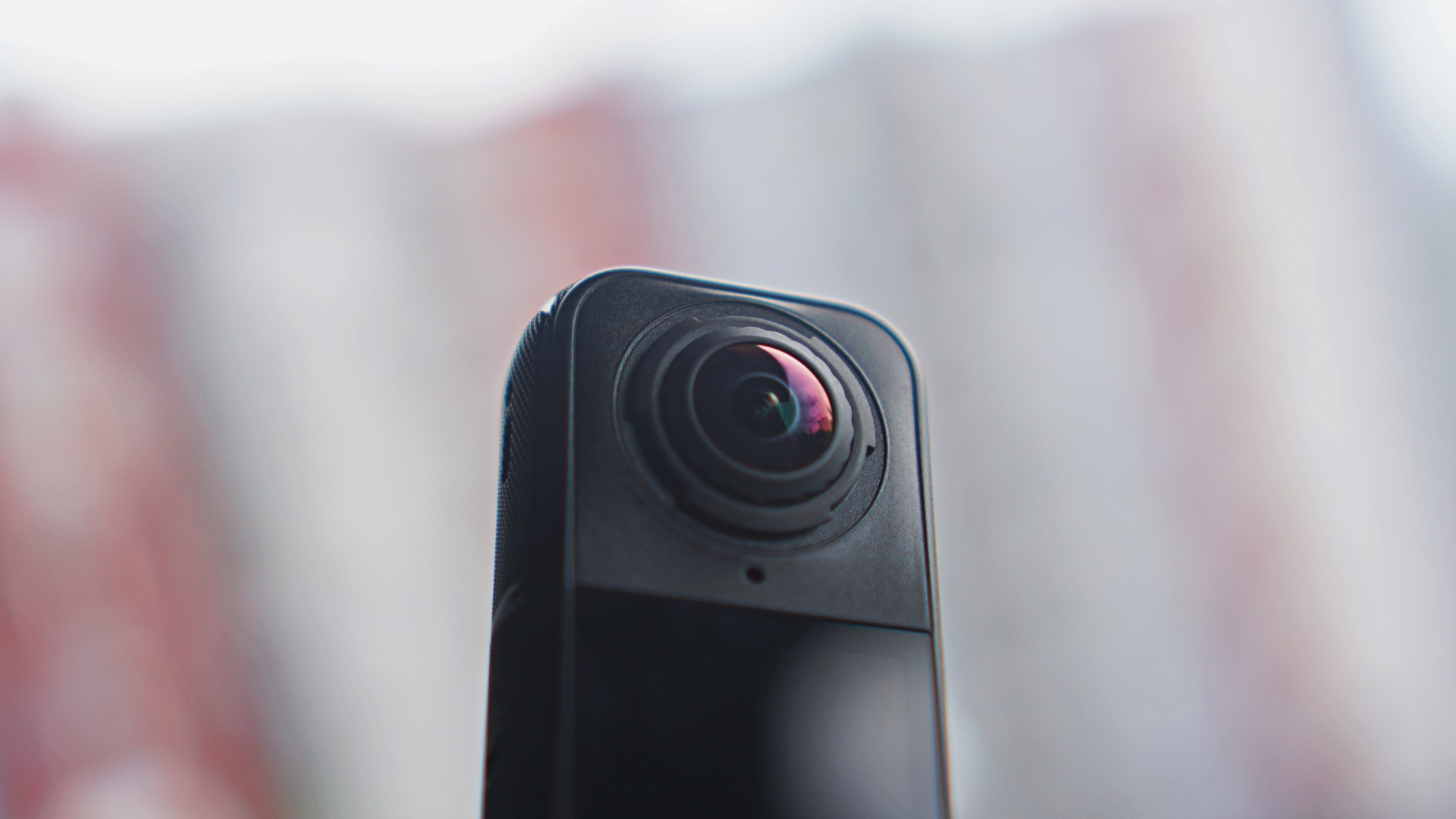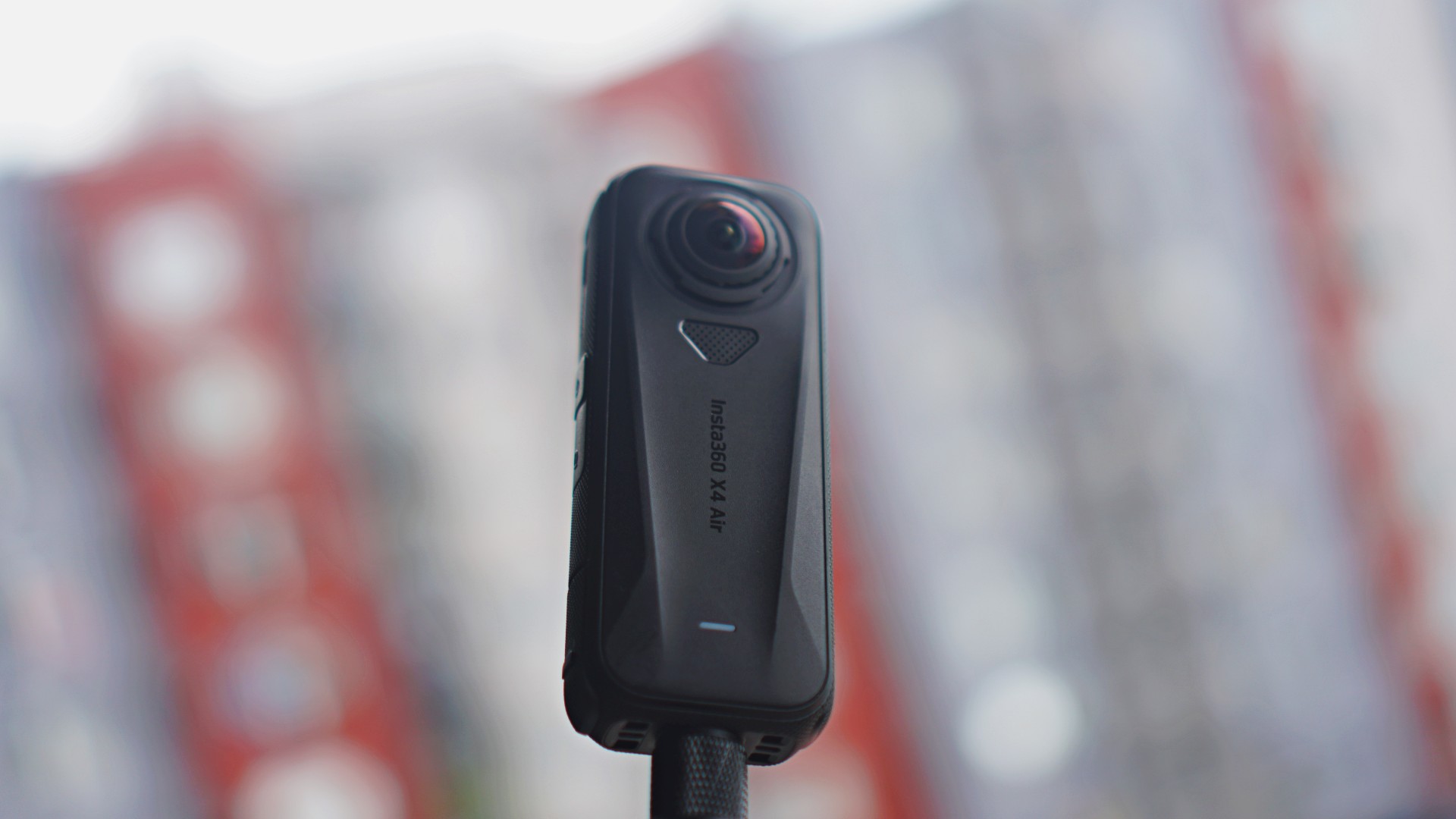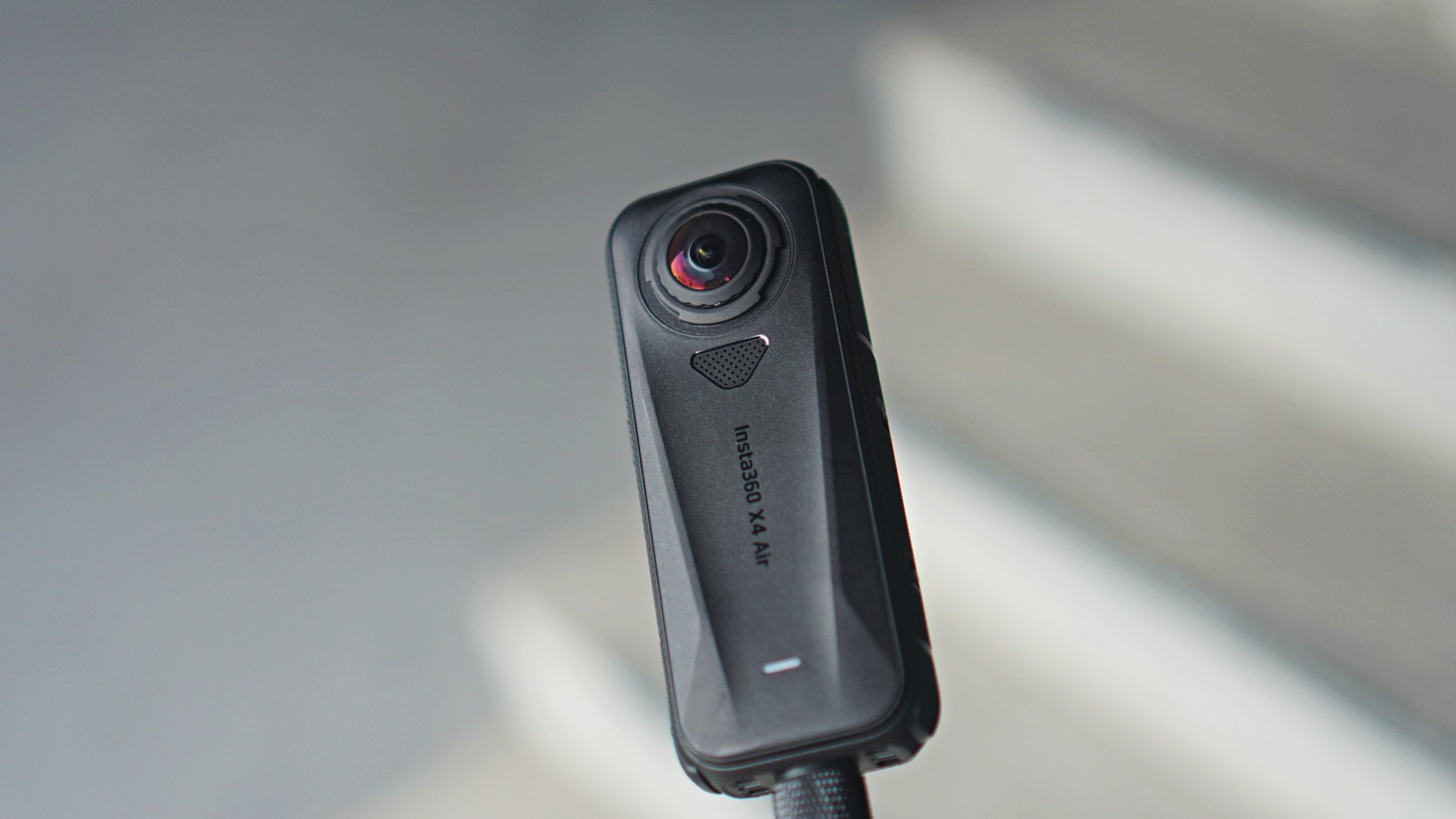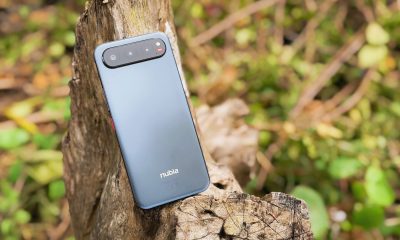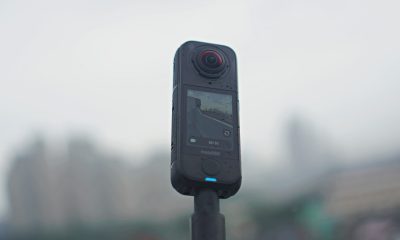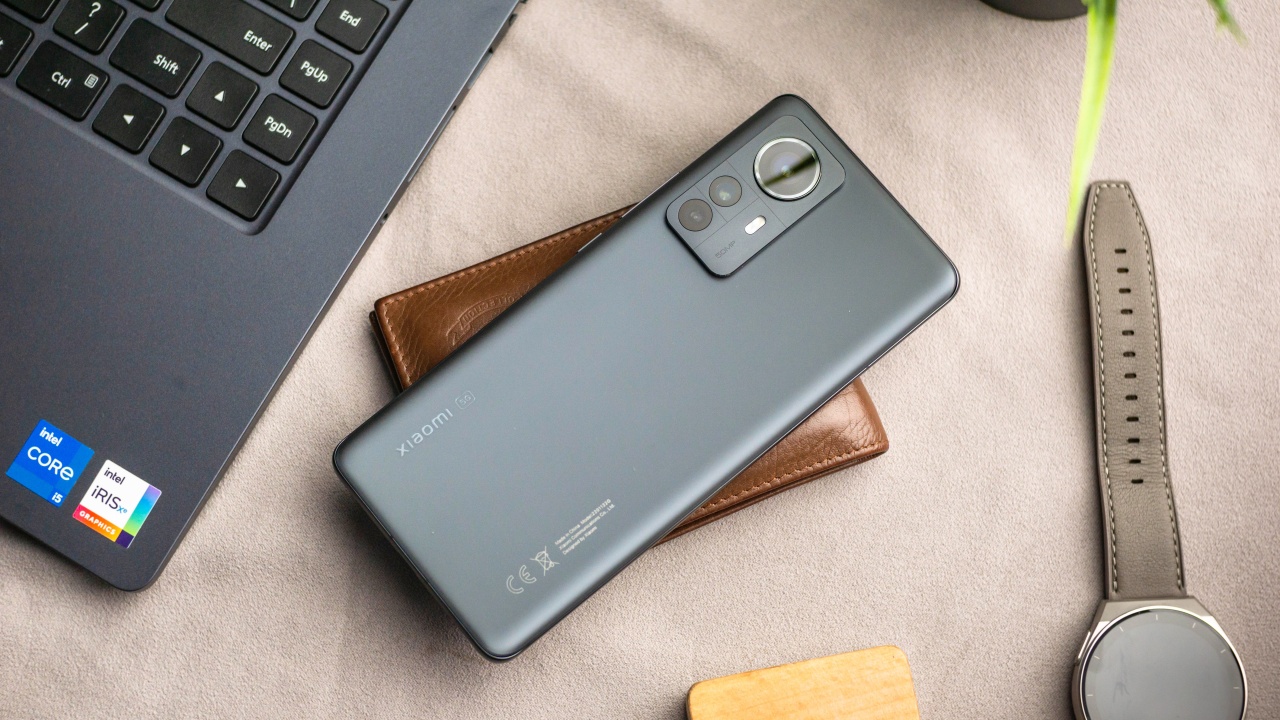
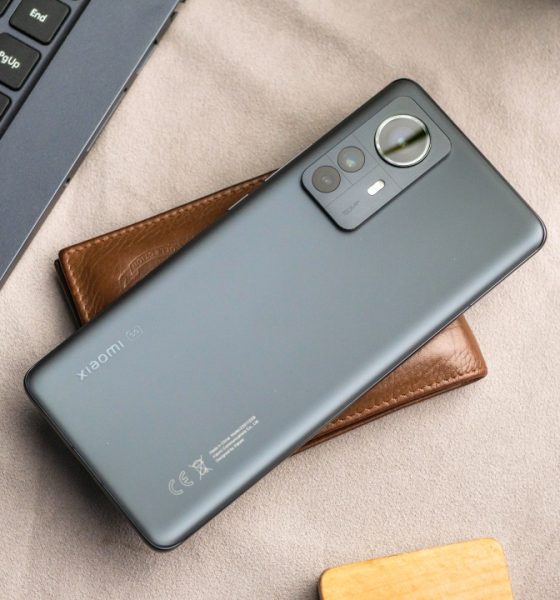
To claim to be a master at something is a very bold assertion. It’s setting the bar tremendously high that, if you don’t meet expectations, could mean a devastating embarrassment.
But that seems to be a challenge Xiaomi is willing to take on. The company does have a decent track record of offering outstanding flagships year after year. This time, they’re giving the tagline “Master Every Scene” to their front-runner, the Xiaomi 12 Pro.
And from my experience with it the past few weeks, their claim could just hold true.
In this review, allow me to share with you my thoughts and you be the judge — is it a disaster or does it earn the title of master?
Classy and snazzy design that blends with the display
Refined best describes this phone. It’s the type of look that a modern gentleman could show off as. It feels like something that would easily go along with a suit. This gray color has a frosted finish and is delightfully not a smudge magnet.
Looking at the Xiaomi 12 Pro in your hands, the display will immediately catch your attention. We are looking at a 1440p, AMOLED DotDisplay that measures 6.73 inches with a refresh rate of 120Hz.
As a person who is concerned about a phone’s size, this one does seem tall. But the sides of its display seamlessly curves towards the back, keeping it still comfortable to hold. So, one handed use isn’t that big of a chore.
On top is where the speaker grille is located along with the IR blaster. While at the bottom is where the SIM tray is, along with the USB-C port and another speaker grille.
Did I mention that the display looks fantastic? Well, I would be surprised if it isn’t. Rated at a whopping one billion colors and offering both Dolby Vision and HDR10+ rating, our eyes are in for a treat. Everything is tack sharp at a pixel density of 522ppi.
Seemingly color accurate, I even managed to use this as my reference when editing photos from my laptop. To which simply I assume, if it looks good here, I probably got it right.
Upgraded cameras
The camera department is probably one that has gotten the biggest improvement from their previous generation of flagships. On the back of the Xiaomi 12 Pro is a triple camera setup. All of which are 50MP shooters and on the front is a 32MP selfie camera. That being said, I am very pleased to say that all of them perform really well.
Sporting the new Sony IMX707 sensor on the main camera, even uninteresting and poorly composed shots could easily live on Pinterest. With rich colors and fine detail, photos look lively even without any post processing.
Taking photos outdoors, it is very noticeable that the camera’s dynamic range is commendable. On my landscape shots, even extremely blown out images of the sky get captured remarkably well without effort. It’s really good that whenever I see the HDR icon kick in, I feel confident that the shot will always be well exposed.
And what’s even better is that, shifting between different cameras, the differences between each aren’t very noticeable.
As we were looking at condo units this week, I had a great coverage of different perspectives of the units we looked at, all thanks to its main and ultrawide camera. Both performed really well even in unideal environments.
Although we consider the ultrawide camera to be a great landscape shooter, it is, however, a fixed focus camera. So doing funny wide angle close ups is not something you could do.
Then again, if portraits are your thing, you’ll also be pleased by the performance of the telephoto camera. At an equivalent focal length of 48mm, this produces great compressed depth of field for portraits. And true to that assumption, photos taken in this mode look flattering and pleasant and at a high resolution.
Selfies are also not lagging behind. The 32MP selfie camera also takes decent photos in most lighting conditions.
Performance you can brag about
Of course this wouldn’t be a flagship phone if it isn’t a good performer. Under the hood are the Snapdragon 8 Gen 1 chipset with 12GB of RAM packed with 256GB of storage.
Having one of the best performing chipsets right now, the Xiaomi 12 Pro is one of the fastest phones around. It’s no surprise that this will run mostly anything excellently. Not once did I feel any sort of discernable slowdown on any app I use daily. Everything was just fluid as the phone just felt more than capable of handling the normal use with ease.
I did try out a few games namely Ni No Kuni: Cross Worlds, Call of Duty: Mobile and Genshin Impact. All of which performed just as I had expected them to, which is superb.
Even without having to tweak anything on its Game Turbo app, everything was already running smoothly at their highest settings.
On paper, this is something that we anticipated. But what varies from different phones is its cooling performance. While we didn’t do any hardcore benchmarks, I am amazed that it also doesn’t get too hot in real world tests. Of course, with the exception of playing Genshin Impact as this gets most phones heated when maxed out on 60FPS mode.
Acceptable sound quality
As mentioned earlier in this review, this has two speaker ports. This is to make way for the dual Harman/Kardon tuned speaker setup.
To my ears it does sound okay but I could probably say that this isn’t a feature I would boast about. Most phones I’ve tried that offer something similar are either better or more or less equal.
It lacked mostly on the lower frequencies and thickness but far from what we would consider bad sounding.
Having had the chance to use the Xiaomi 11 Lite 5G NE, I could say the 12 Pro sounds pretty close if not a tad better than the previous.
Charged in just a few minutes
Powering this phone is a 4,600 mAh battery. And if I had to pick, this might be what I could point as the most ‘average’ aspect of this phone. It does play around the ballpark of where other flagships are, but the performance isn’t a stand out. I found myself having a low battery notification nearly every night before the day ended.
Charging with the 120W charger on the other hand was blazing fast. For this test, I had to check every few minutes if it was already full. Otherwise I won’t be able to monitor if charging was already done.
Surely, there won’t be a need for you to even bother charging this overnight. In our test, a quick ten minute charge from ten percent juices it up to 36 percent. While the whole process took 41 minutes from 10 percent to full.
Is the Xiaomi 12 Pro your GadgetMatch?
In all aspects, the Xiaomi 12 Pro definitely belongs in the flagship game. It’s a fast performer for mobile gamers. It packs a variety of great cameras for photography enthusiasts. And it’s a content consumer’s dream for its stunning display.
But let’s face it. When buying a flagship, Xiaomi probably isn’t the brand that would be a top-of-mind. And being mostly a refinement of what’s already available doesn’t help it lure in potential buyers.
Without a really strong selling point, I wouldn’t be surprised if this one gets buried under the names of market leaders.
How I just wish there was really something here that we haven’t seen elsewhere. But for what it’s worth, it’s a great all around flagship phone and it’s surely a banger.
The Xiaomi 12 Pro is available in Gray, Blue and Purple color variants with 12GB RAM and 256GB of storage for PhP 48,999.

Reviews
nubia Air Review: The air that’s lighter on your pocket

If you’ve been eyeing that ultra-thin phone everyone’s been raving about but don’t quite have the budget for it, this might be your lucky day. nubia has recently launched the nubia Air in the Philippines.
It’s a new phone that boasts only 5.9mm of thinness and weighs just 172 grams, all while keeping things firmly in the affordable category.
So, brace yourself because this might just be the kind of “Air” that won’t make your pockets feel light.
But before anything else, let’s breeze though some of its specs:
- Ultra-slim and lightweight build — just 5.9mm thin and 172g
- 6.78-inch 1.5K AMOLED display protected by Corning Gorilla Glass 7i
- IP69K dust and water resistance
- 50MP autofocus main camera + 2MP auxiliary lens
- 20MP front-facing camera
- 5,000mAh battery with 350W fast charging support
- Unisoc T8300 octa-core processor (6nm)
- 8GB RAM, expandable up to 20GB with virtual RAM expansion
- 256GB internal storage
- Android 15 out of the box
Design & build quality: Slim, premium, and surprisingly polished
The nubia Air is one of those phones that immediately makes an impression the moment you pick it up. At just 5.9mm thin, it feels incredibly sleek—almost unreal—and yet it still manages to deliver a reassuringly premium in-hand feel.
I’m not usually the type who gravitates toward ultra-thin phones but holding this one honestly made me reconsider. It’s lightweight, easy to handle, and far more refined than what its just over PhP 10,000 price tag would suggest.
It comes in two colors: Titanium Black and Titanium Desert. My Titanium Black unit looks clean and understated, though it’s worth noting that both the frame and the matte back can pick up fingerprints and smudges more easily than expected. The included case solves that quickly, but it’s something users should keep in mind.
Despite clearly taking inspiration from a more famous “Air” device, nubia adds its own touches. The red-accented power button and the subtle red branding on the camera plateau give the phone a bit of personality without overdoing it. Small details, but they help the nubia Air establish an identity of its own.
A display that punches above its price
Front and center, the nubia Air packs a 6.78-inch 1.5K AMOLED display, topped with Corning Gorilla Glass 7i for added scratch resistance. And honestly? It looks far better than what you’d expect from a phone sitting at this price tier.
Brightness isn’t an issue either. With auto mode pushing it up to around 4,500 nits, I never struggled to read anything outdoors — even under Manila’s unforgiving midday sun. The 120Hz refresh rate keeps things smooth, whether you’re scrolling through socials, swiping menus, or gaming lightly on the side.
The borders are slim enough to make everything feel more open and immersive. Viewing angles hold up well too, maintaining clarity even when you’re not looking straight at the screen.
Overall, the nubia Air’s display puts in the work. It looks modern, feels fluid, and definitely won’t give away that you’re using a budget phone.
Cameras: Decent, usable, but not the star
The nubia Air is equipped with a 50MP main camera, a 2MP depth sensor, and an additional auxiliary sensor. Photos turn out good and very usable, but this is where the phone’s budget roots show the most.
Images are generally clear, but sharpness varies, saturation can sometimes go overboard, and HDR isn’t the most reliable. The AI mode doesn’t add much either. Surprisingly, night shots are still okay, just not impressive.
There’s also a 78mm digital zoom preset, but as expected, the quality dips noticeably the moment you switch to it.
Up front, you get a 20MP selfie camera. It’s decent and social-media-ready, but the processing isn’t the best. HDR struggles here too, and while beauty filters exist, they don’t fully mask that “affordable phone” look.
Here are some samples taken with the nubia Air.
Performance & battery: Smooth for daily use, casual for gaming
If you’re sticking to light gaming, music streaming, and social media, the nubia Air will easily get you through a full day with some battery to spare. The 5,000mAh battery paired with 30W fast charging means you can quickly top up when you’re in a rush—it’s not the fastest, but it’s convenient.
This is my first time using a phone with a Unisoc T8300 processor, and it delivers a smooth experience. Scrolling through apps and social media feels effortless, especially with the 120Hz display; the interface really does feel like it’s breezing through.
Gaming, however, is a different story. Even at lower graphics settings, frame drops are noticeable, including in lighter games like Roblox. This is expected at this price point, and casual gamers won’t find it game-breaking. Multitasking is solid thanks to 8GB of RAM, expandable up to 20GB with virtual RAM, keeping day-to-day use fluid and responsive.
Other features & AI
The nubia Air runs Android 15 out of the box with a UI that’s clean and direct, keeping things simple without heavy skinning. It comes with a reliable in-display fingerprint sensor and a Live Island feature, where the punch-hole camera interacts with the software for notifications and alerts.
AI enhancements are present, especially for imaging, and it also supports Gemini AI. While it’s not groundbreaking compared to flagship devices, it’s a nice touch for a phone in this price range.
Is the nubia Air your GadgetMatch?
The nubia Air is a no-brainer Swipe Right. It gives you a phone that looks and feels premium without making your wallet cry. The 5.9mm thin body and light 172g weight make it feel like holding air, yet it’s surprisingly solid. Casual users will enjoy smooth performance, the display is bright and immersive, and the battery easily lasts a full day.
What makes this deal even sweeter? While the SRP is PhP 12,999, ongoing promos on platforms like Shopee mean you can grab it for even less. For a sleek, lightweight phone that’s easy to recommend to parents, teens, or anyone wanting a stylish daily driver without overspending, this one’s hard to beat.
Reviews
The Running Man modernizes Arnold Schwarzenegger’s classic
It works best when it tries not to be Squid Game Lite.

From Battle Royale to The Hunger Games to Squid Game, the death game genre has remained popular throughout the decades. It was only recently when the genre became a commentary on the division of society. Though featuring social commentaries in their own right, the 1980s had flashier fare, typified by Arnold Schwarzenegger’s The Running Man. Now, almost four decades later, The Running Man is getting a remake, courtesy of director Glen Powell and Glen Powell.
Much like the first movie (and the Stephen King novel of the same name), The Running Man features a deadly game show where contestants must survive thirty days in the United States while a group of Hunters try to kill them. Powell plays an unemployed father whose luck turns worse when his daughter contracts a tough flu.
Out of desperation, he signs up for one of the available death games. However, Dan Killian (Josh Brolin), the network’s producer, signs him up for the deadliest game of all, The Running Man.
Social commentary or pure action piece?
Inherently, the idea of a death game is ridiculous. It’s why comedy works in this genre. However, the more recent Hunger Games and Squid Game franchises turned the genre into self-serious social commentaries.
With Edgar Wright in the captain’s seat, The Running Man has the chance to show the genre in a more comedic light. Does the movie succeed? Well, it’s confusing.
Most of the movie goes through the same message as its contemporaries: a commentary against using media to induce further divisions in society. Powell’s Ben Richards is just unlucky, but Killian wants to use him for better ratings. In one scene, a character breaks the fourth wall and explains why we, the audience, should break free from the media’s influence.
Despite how preachy this all sounds, there are also moments when the movie doesn’t want you to take its message seriously. For example, Michael Cera plays a character who desperately wants the revolution against the network to happen as soon as possible. He believes that Richards should be the spark that lights that fuse. However, it’s also clear that he’s just insane as he booby-traps his entire house just to kill Hunters.
For me, the irreverence of Cera’s character is when the movie shines. It’s when Wright can spread his wings away from the burden of social commentary. Unfortunately, this doesn’t really last long. All too quickly, The Running Man wraps up this entertaining chapter to quickly get back to its more revolutionary message.
Let the action breathe
Despite the film’s penchant for preaching, the action can speak for itself. The Running Man works best when it just wants to be a survival caper.
There are action scenes aplenty. Each set piece feels deserved including one where Richards has to escape an apartment building while wearing only a towel, or the aforementioned booby-trapped house.
The film also allows most of its characters to linger just enough to establish presence for the story. You end up believing who they are and what they stand for.
The Running Man becomes confusing when it wants to become Squid Game Lite. On the other hand, it thrives when the action speaks for the story. In a way, it reminds me of Bullet Train. Though that movie didn’t focus too much on social commentary, it was an enthralling adventure from start to finish. The Running Man is the same. With great action scenes and fleshed-out characters, the remake finds itself a niche against its all-too-dark contemporaries.
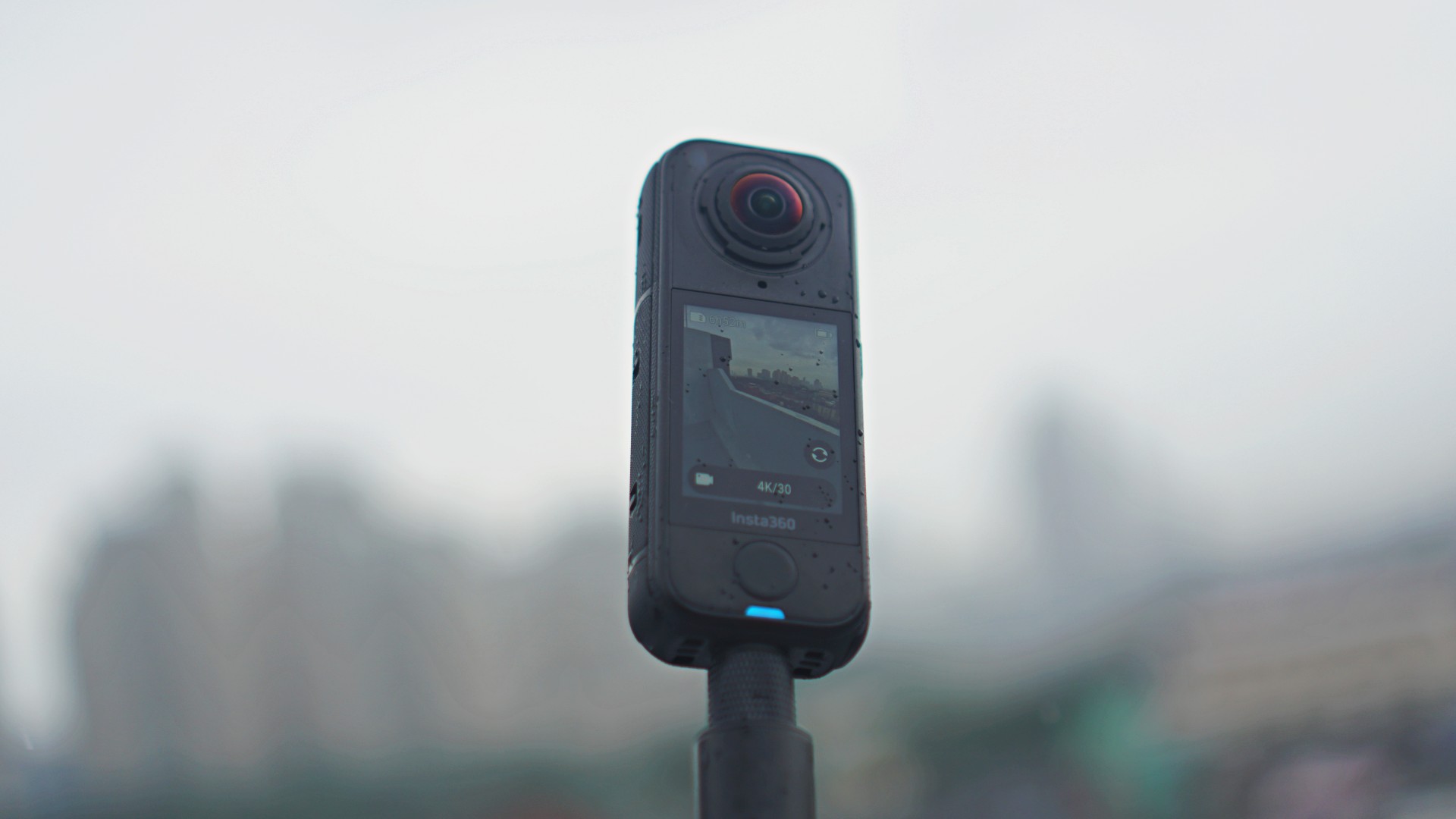
I have a confession. When I first got the Insta360 X4 Air, I thought it was something I could take on easily. I’ve been reviewing tech for over a decade now. I’ve fiddled my way through enough of them to be in this headspace. But that was my mistake.
The Insta360 X4 Air, being the first 360 camera that I spent longer than a day with, humbled me right away. Part of that humility came from realizing that shooting with dual 1/1.8-inch sensors and full 8K 360 capture isn’t just “point and shoot.” You’re not just framing a subject. You’re framing the entire environment, and that requires a different mindset.
It wasn’t the usual smartphone review that I could write in my sleep. It was something else entirely. Even as someone who has professionally produced videos for the web for years, this was something new to me.
The thing is, the way it’s being marketed is that it’s something you bring with you, turn on, and just forget about. Just let it capture everything and make your adjustments later.
And to be fair, the X4 Air leans into that philosophy. AdaptiveTone, Active HDR, and InstaFrame Mode are designed around the idea that you shoot first and carve out the story in post. That runs counter to how I’ve operated, especially recently.
My philosophy is to be as intentional as possible with every shot and every frame. My post-production process starts as early as the time I conceptualize the video.
With the volume of stuff that we have to produce, we don’t always execute this perfectly. But it’s a nice general guideline that has saved me multiple times on multiple projects.
An outdoor camera
I am primarily an indoors person. That’s why most of our 360 and action camera reviews were handled by our more outdoorsy member, MJ. And to its credit, the X4 Air is built for the outdoors in a very literal sense.
It weighs just 165 grams, slips easily into any sling or backpack, and its user-replaceable lenses now have a tougher optical coating that doubles drop resistance. It also has waterproofing up to 15 meters, plus FlowState Stabilization and 360° Horizon Lock to keep things steady regardless of how chaotic the shooting environment gets.
So, does that mean myself and the Insta360 X4 Air are a mismatch? Not necessarily. I do travel a fair bit – at least once every quarter – and I can see the X4 Air being handy in those mostly work trips.
And because it shares the same 8K 30 fps 360 video system and replaceable lens setup as the flagship X5, you’re not giving up much by picking the lighter option. It even supports most of the X5 accessories, which makes it a flexible travel companion.
Unfortunately, I had no such trips during my time with the X4 Air. That’s why I’m not exactly thrilled by the samples I produced. But that’s more a knock on my lifestyle than the camera.
View this post on Instagram
360 camera: A new tool, a new challenge
Recognizing that I’m out of my depth and comfort zone, I quickly trooped to YouTube and looked up Insta360 sample videos. The videos were all incredible but none of them I could recreate right away.
The X4 Air does make things friendlier with Twist to Shoot, Gesture Control, and Voice Control. You can start recording hands-free, which helps when you’re figuring out your flow.
InstaFrame even saves a ready-to-share flat video on top of the full 360 archive. But you still need time to understand the angles, the movement, and the kind of shots that actually make sense once you start reframing.
I’m excited to take the Insta360 X4 Air in my upcoming trips and find a way to incorporate it into my workflow. I guess that’s the question you should ask yourself if this is a camera you’re eyeing. It’s an incredible tool, sure. But is it the right one for the content you intend to produce?
Too costly to try?
At PhP 21,999 (or PhP 24,999 for the Starter Bundle with the 114 cm Invisible Selfie Stick, lens cap, and extra battery), it’s quite an investment.
You’re paying for the full 8K workflow, the stabilisation system, the improved low-light algorithms, the waterproofing, the tougher lens coating, and the AI-driven editing tools inside the Insta360 app. You’re also getting a one-year, 200 GB Insta360+ cloud subscription for backups and quick sharing.
The prudent thing to do is to do your research. Find out the work it takes to make the videos you want to make with a 360 cam and see if it’s something that you would be able to sustain.
@rodneilInsta360 X4 Air test clip. 🎳♬ som original – Darkness Music
Is the Insta360 X4 Air your GadgetMatch?
The Insta360 X4 Air is a Swipe Right, but you have to be purposeful about your intended use. Sure, you can do the just-turn-it-on-and-think-about-it-later approach, but I don’t think you’ll be maximizing it that way.
At worst, it’s an expensive extra cam that you’ll only occasionally use. At best, it’s the tool that adds dynamic shots you simply can’t capture any other way.
-

 Accessories2 weeks ago
Accessories2 weeks agoThis gaming mouse made me fall in love with working from home again
-
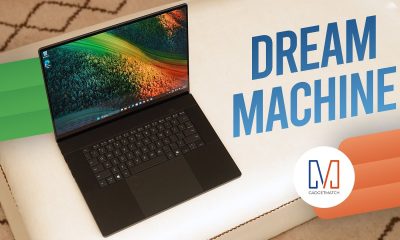
 Laptops1 week ago
Laptops1 week agoSpotlight: ASUS ProArt P16
-
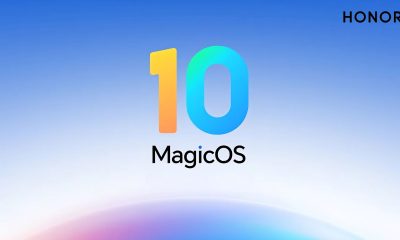
 News2 weeks ago
News2 weeks agoFrom OS to AI OS: HONOR announces MagicOS 10
-
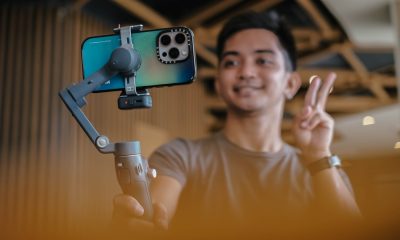
 Accessories2 weeks ago
Accessories2 weeks agoI was skeptical about smartphone gimbals, then I tried the DJI Osmo Mobile 8
-
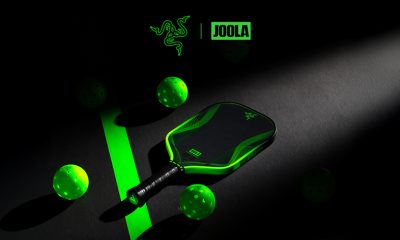
 Gaming2 weeks ago
Gaming2 weeks agoRazer, JOOLA partner for limited-edition pickleball paddle
-
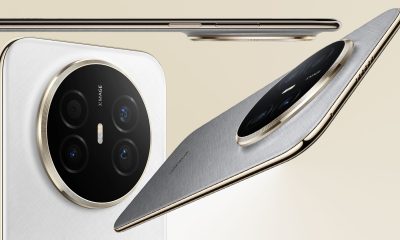
 News1 week ago
News1 week agoThe Mate 70 Air is HUAWEI’s clapback to the iPhone Air
-

 Reviews2 weeks ago
Reviews2 weeks agoPredator: Badlands is the adventure comedy that the series needs
-
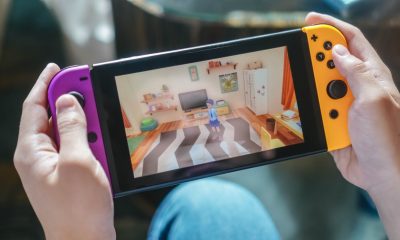
 Gaming2 weeks ago
Gaming2 weeks agoThe Nintendo Switch is nearing the end of its lifecycle



